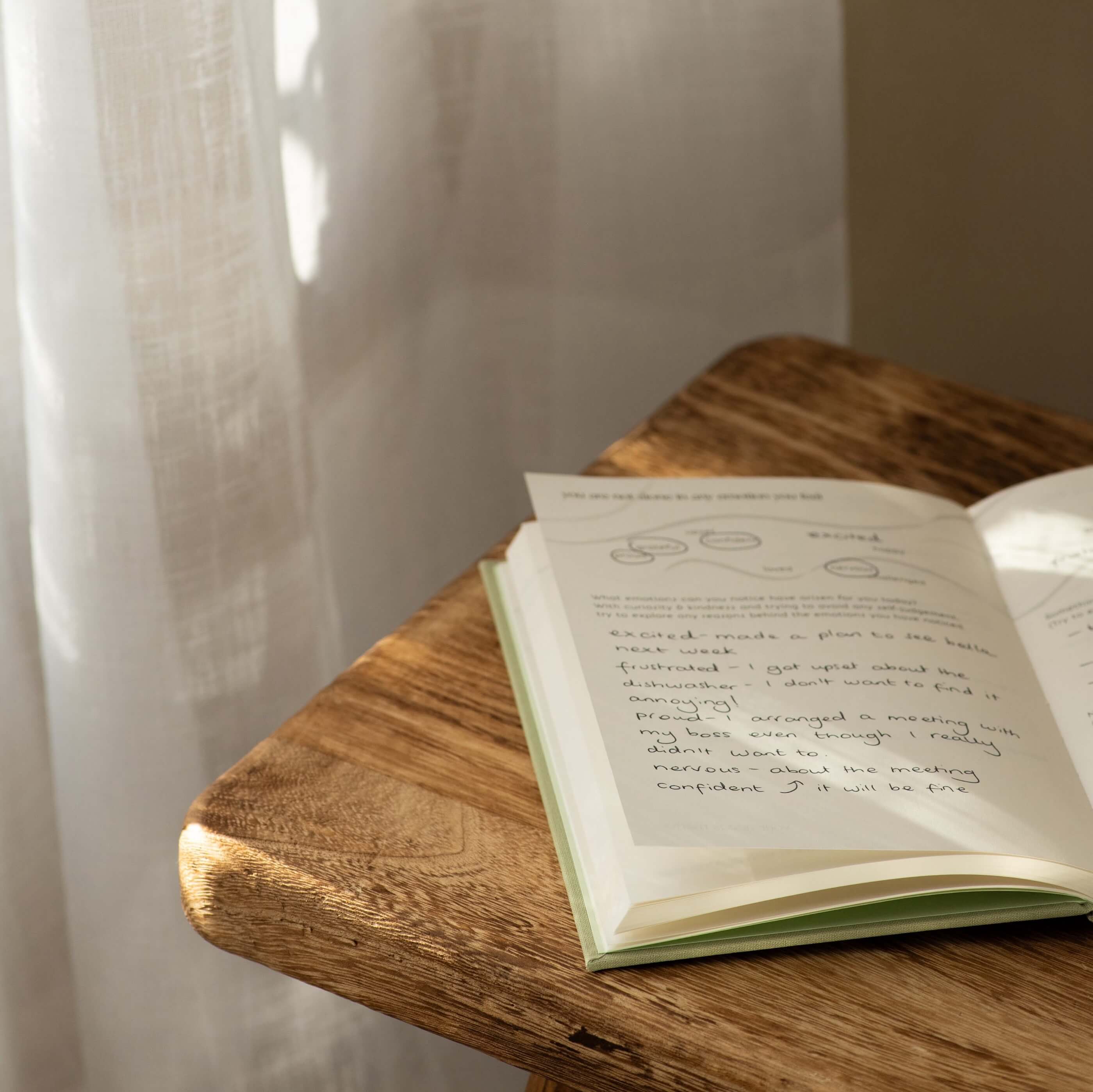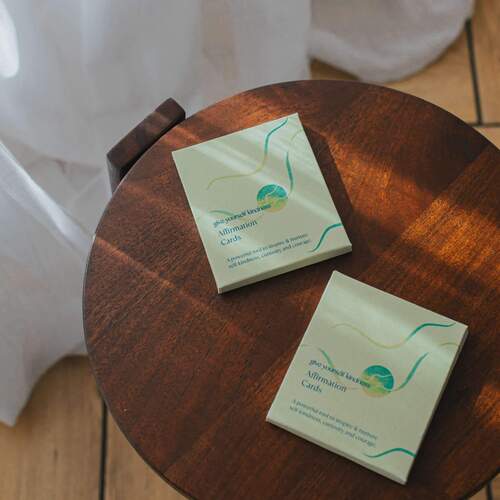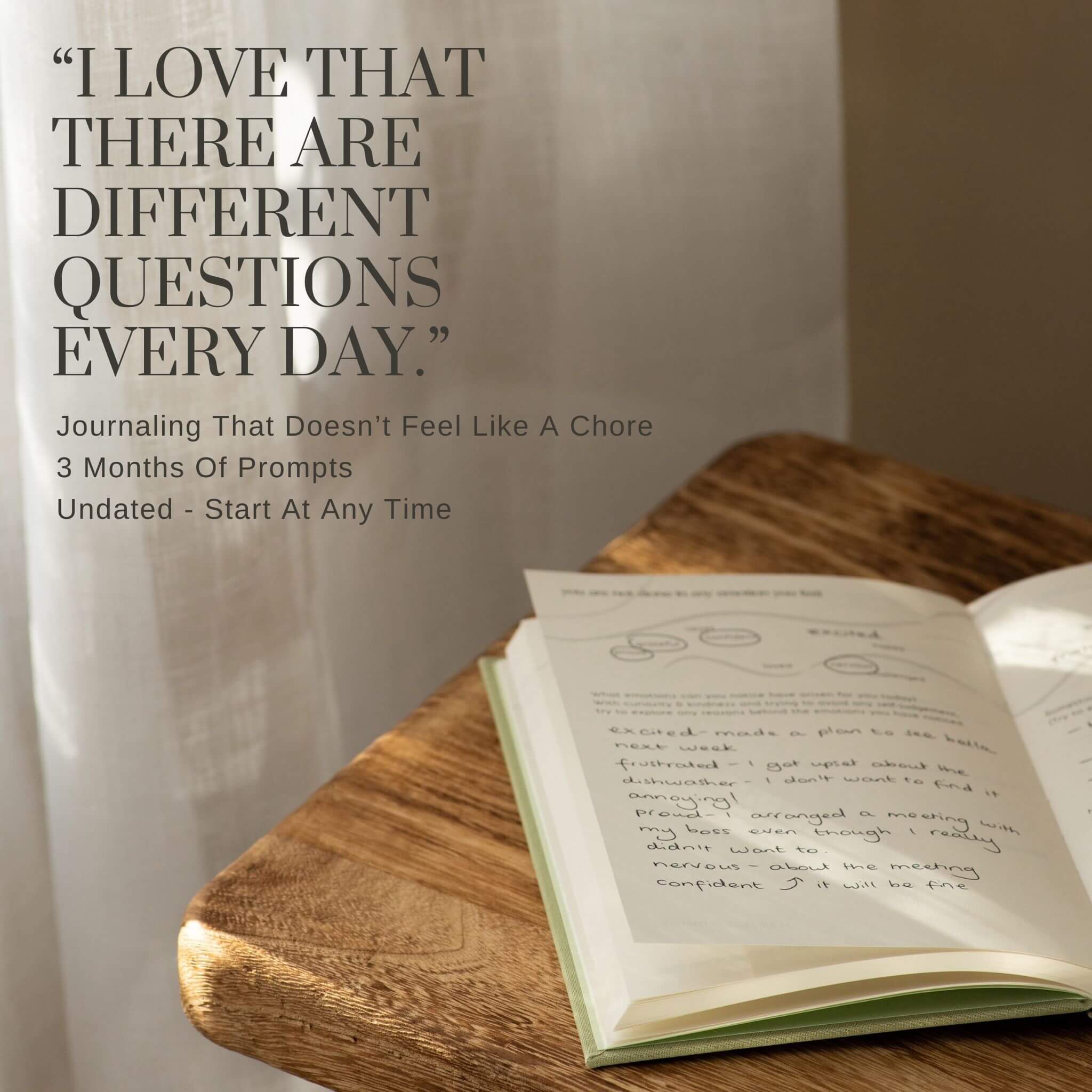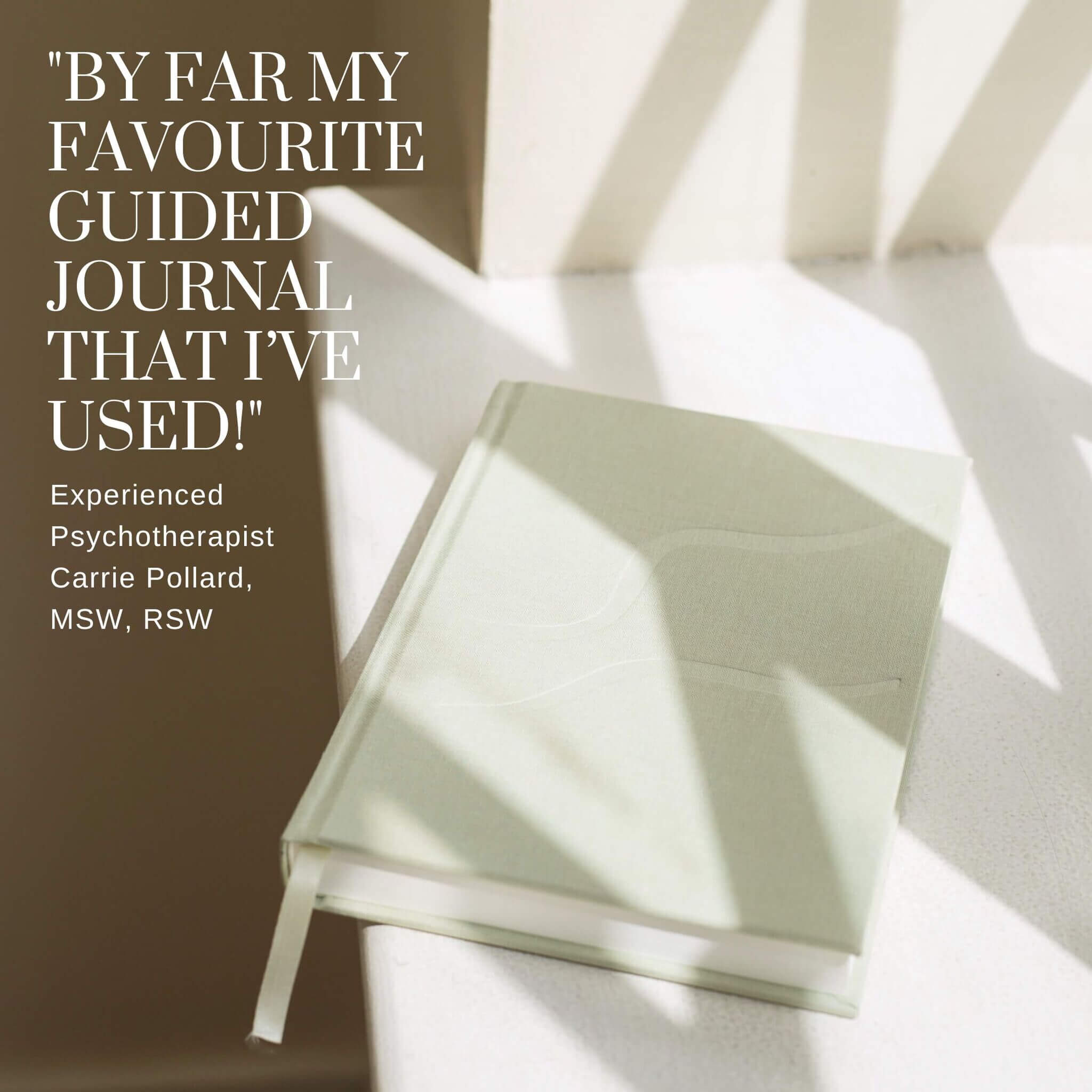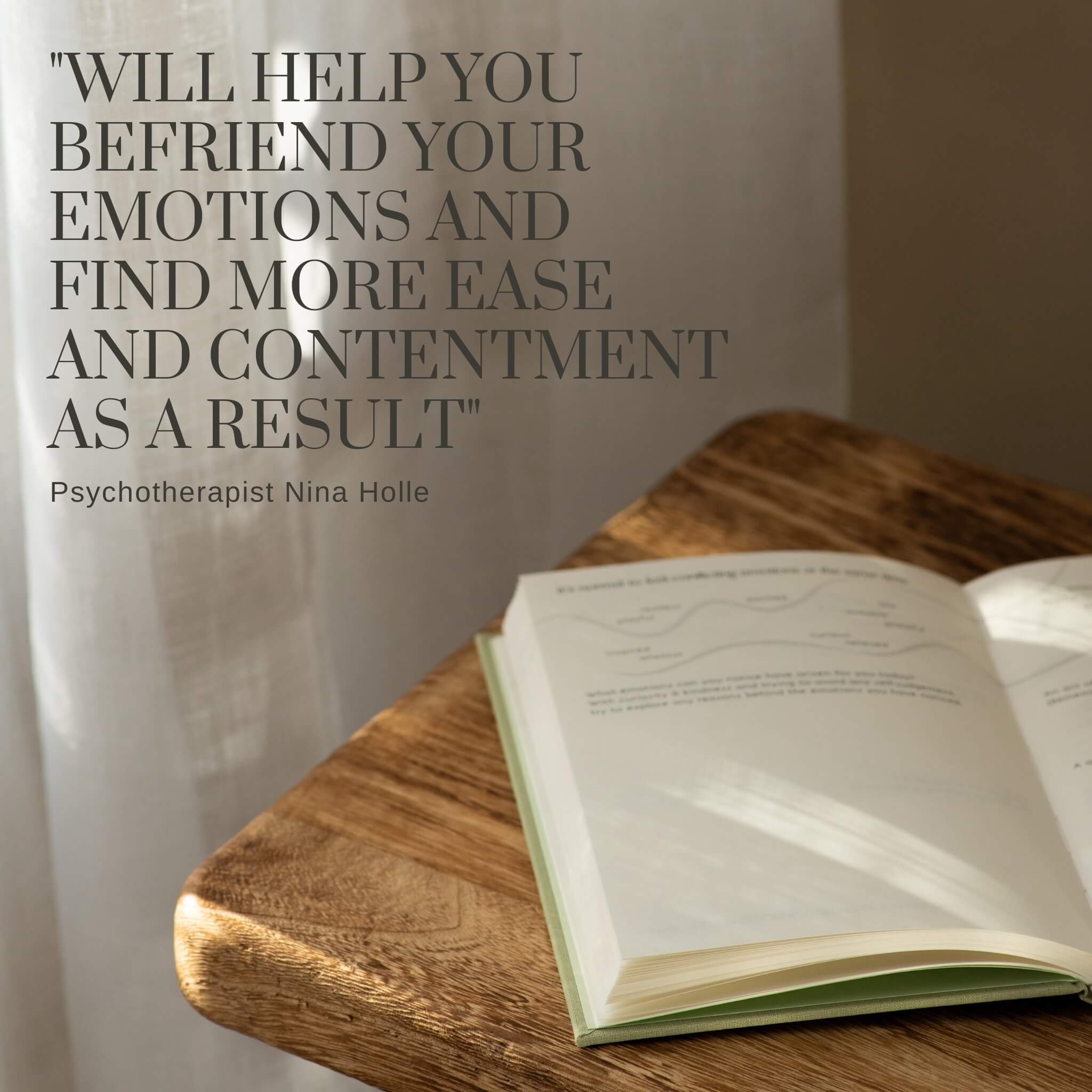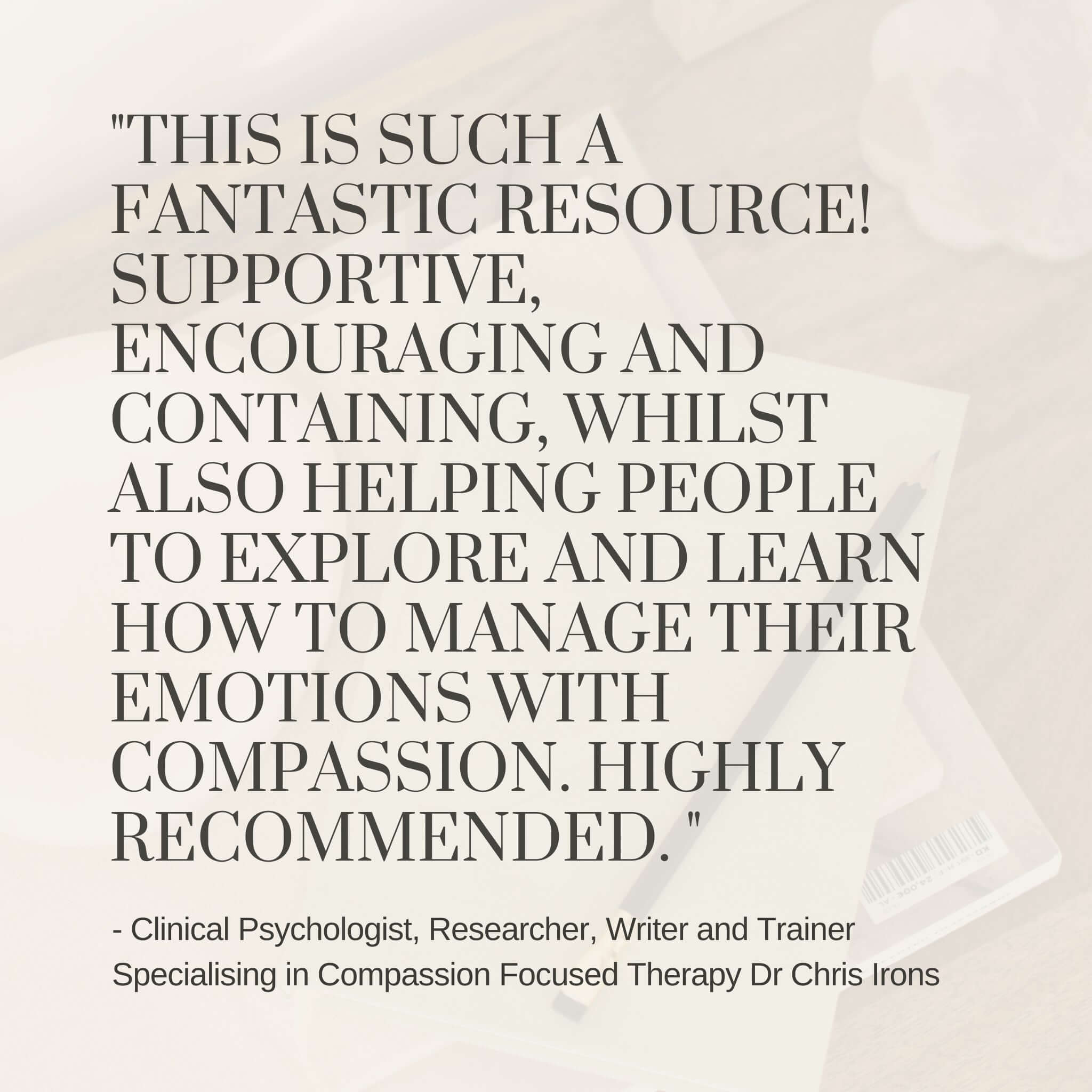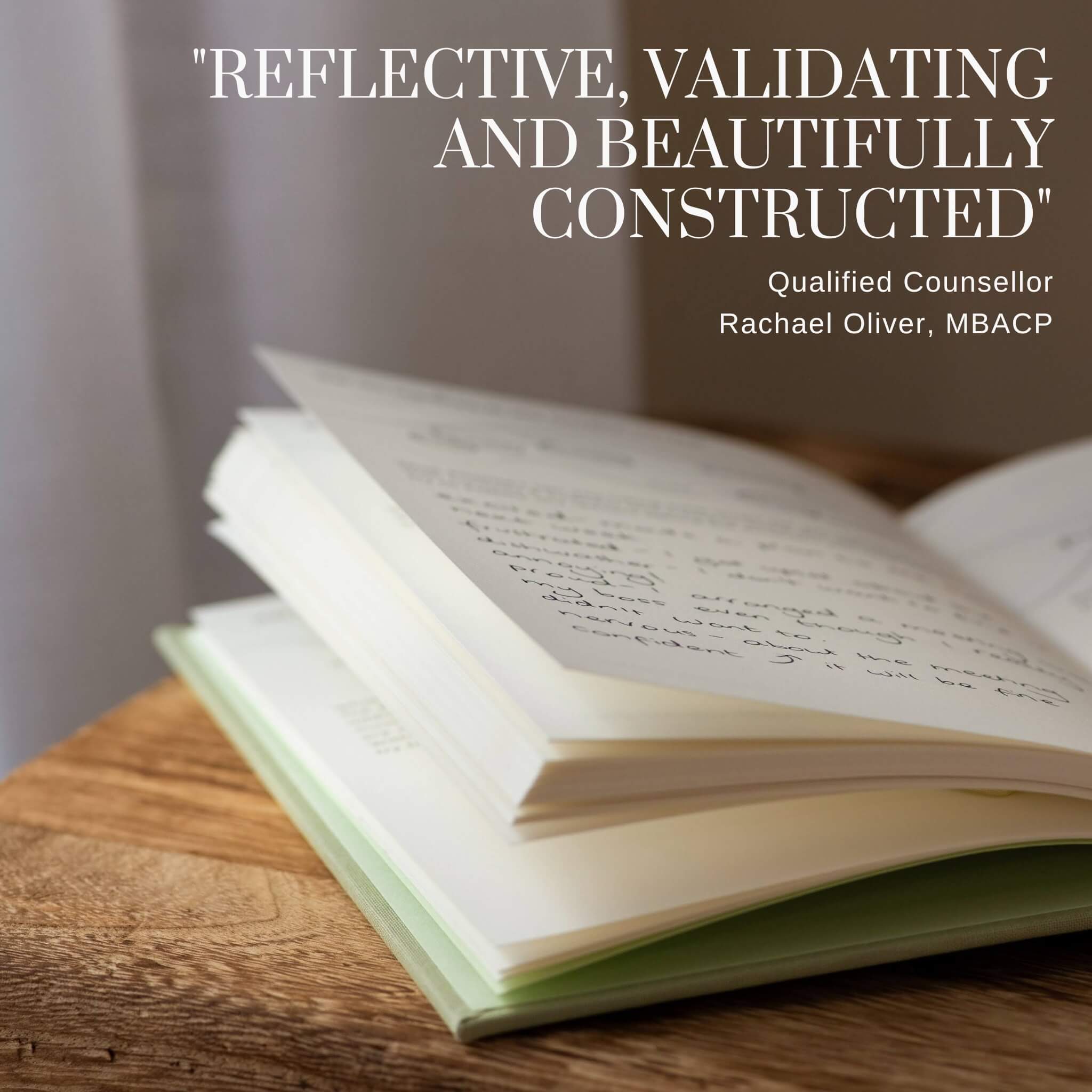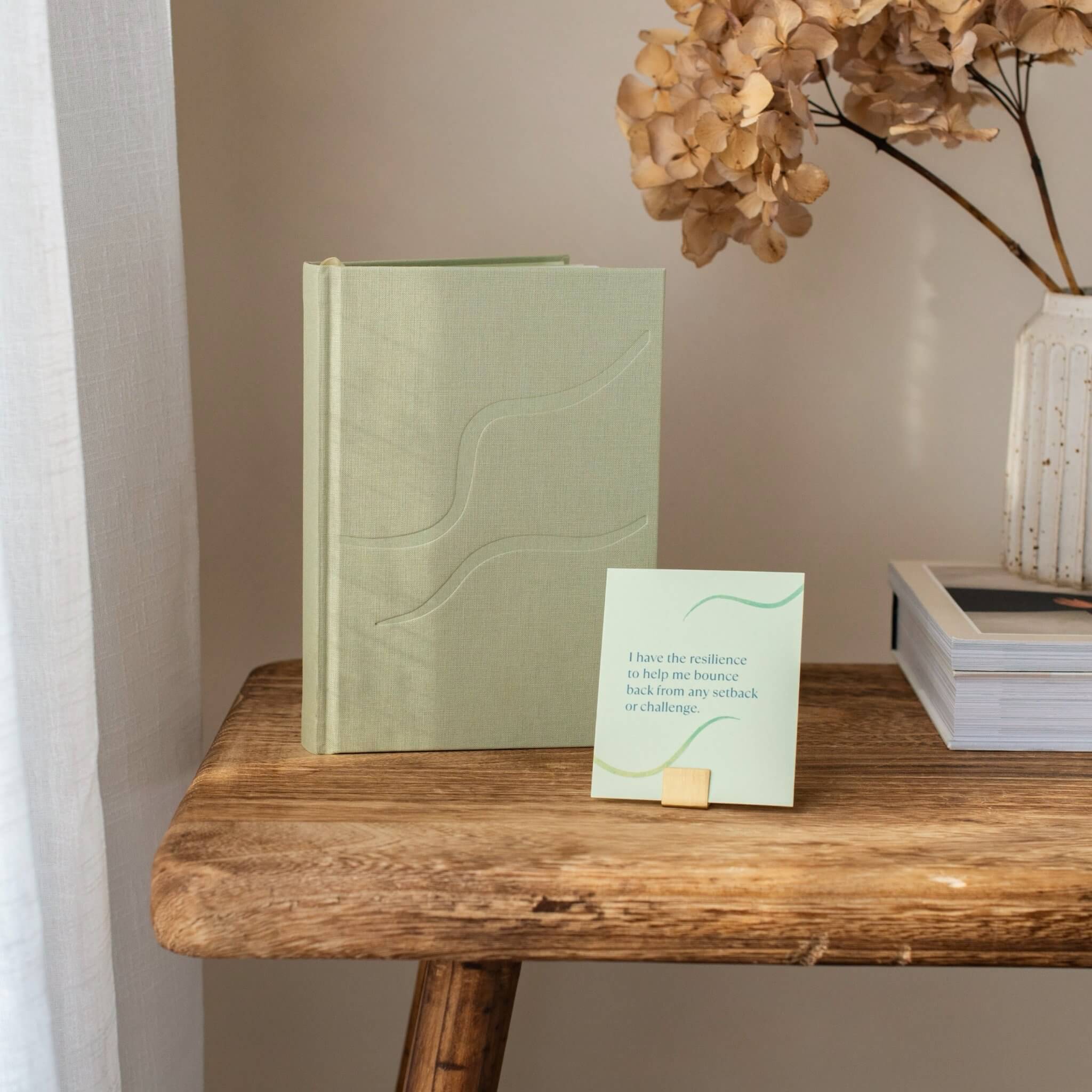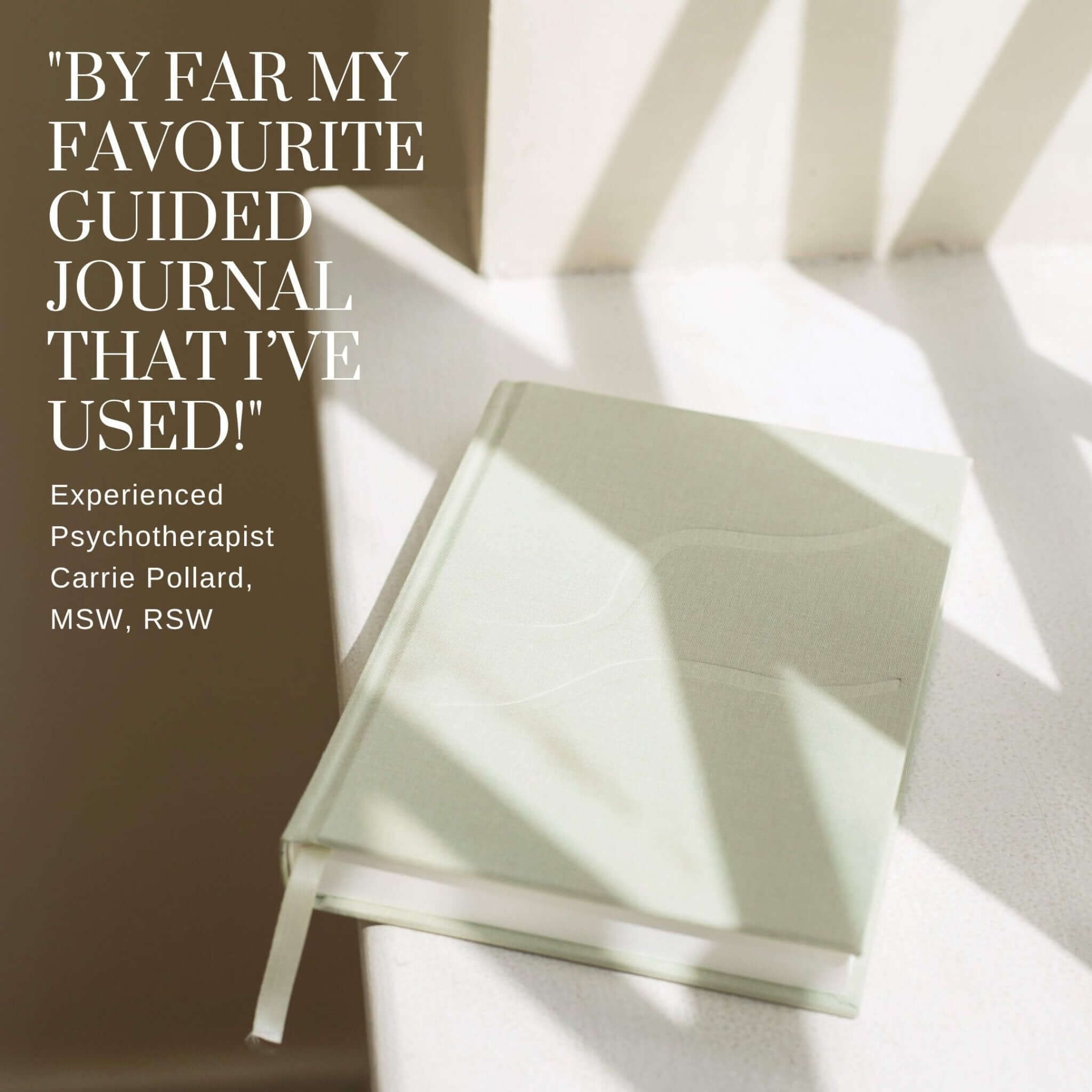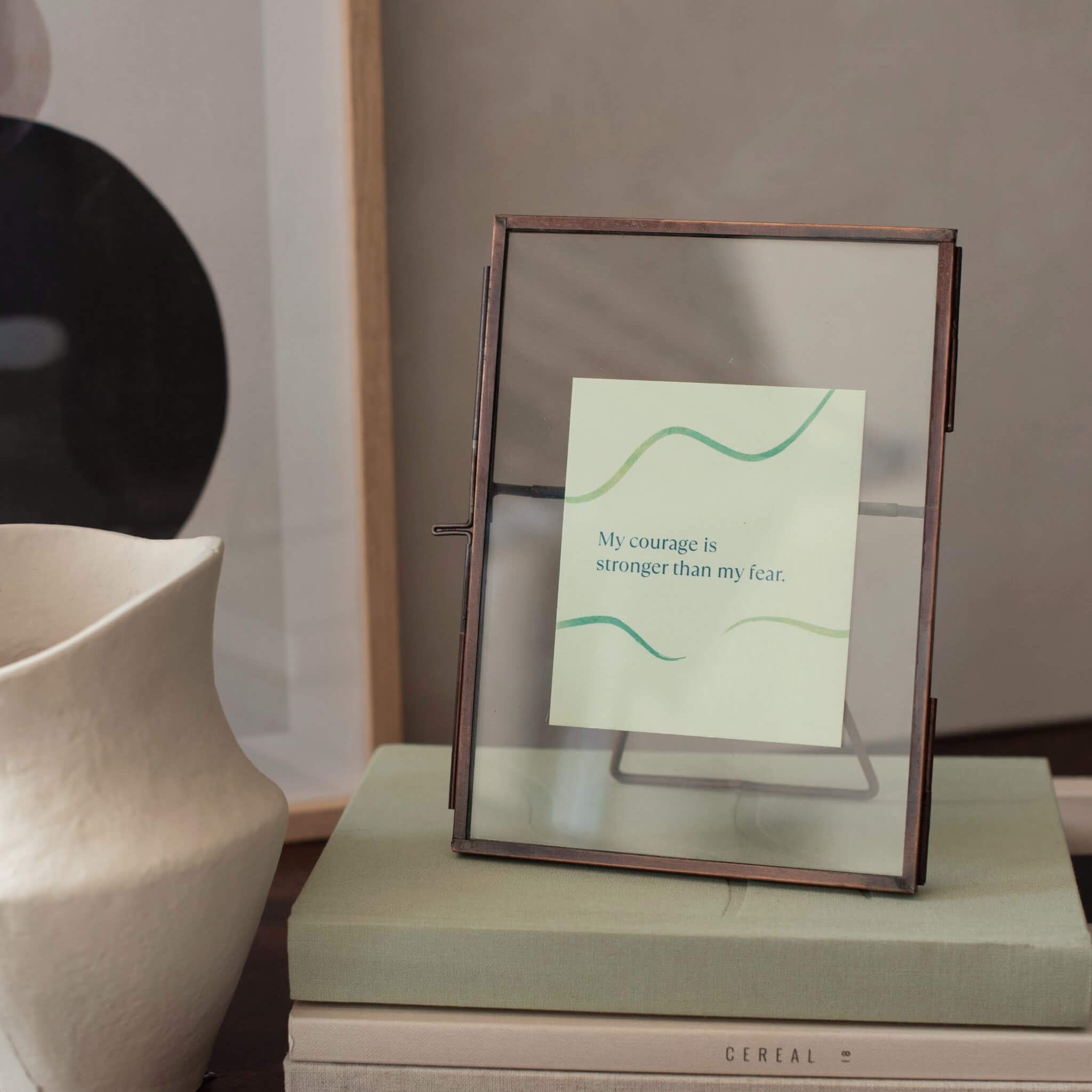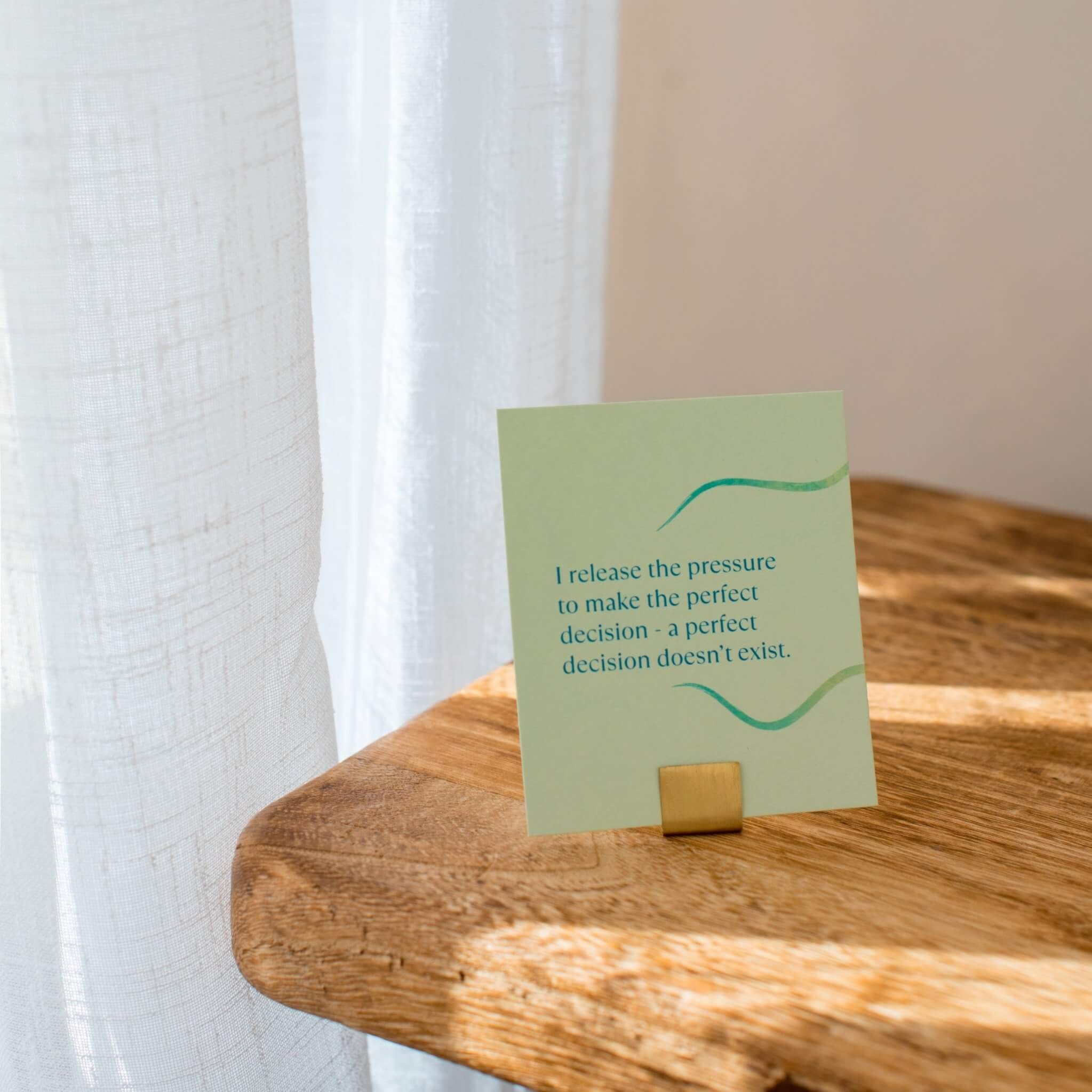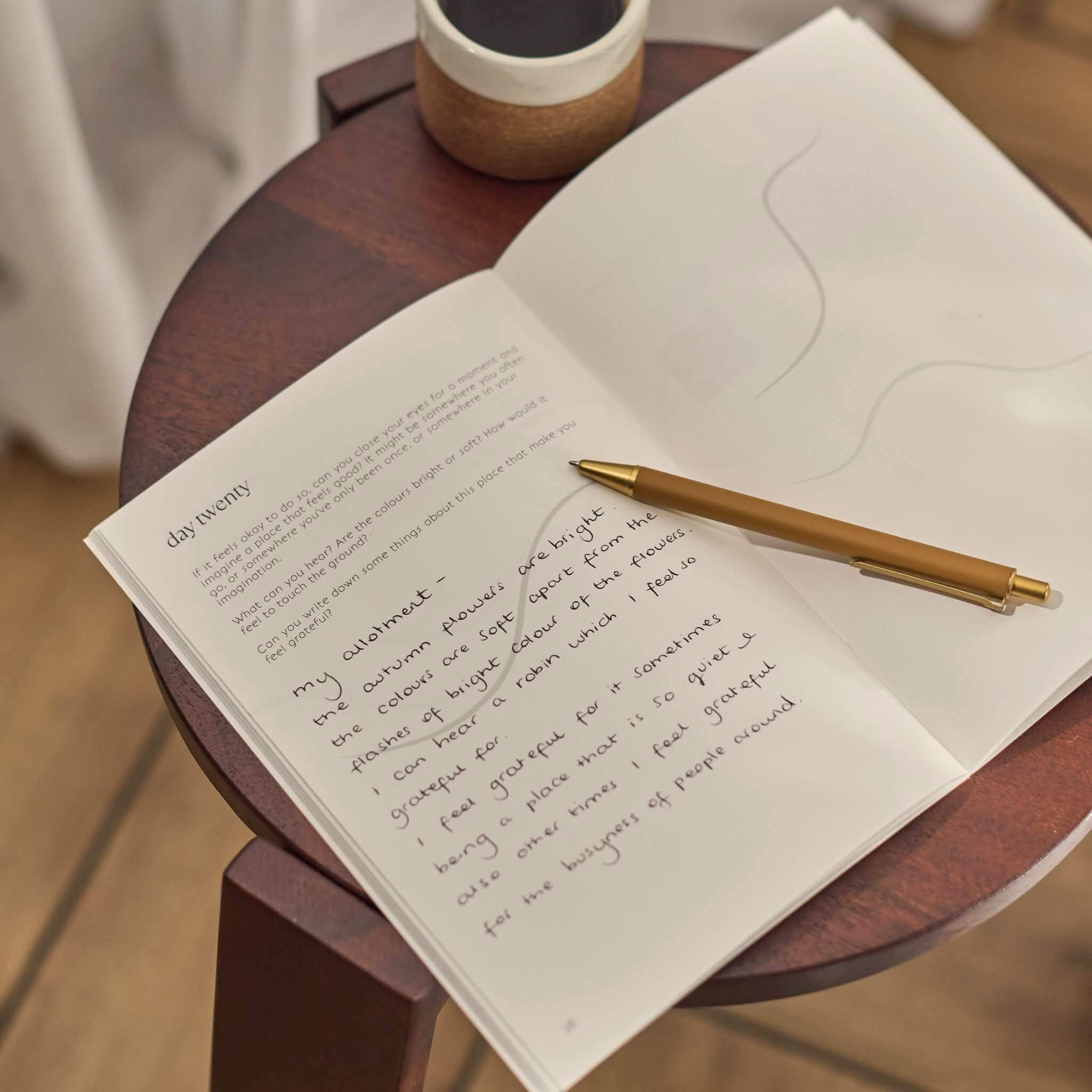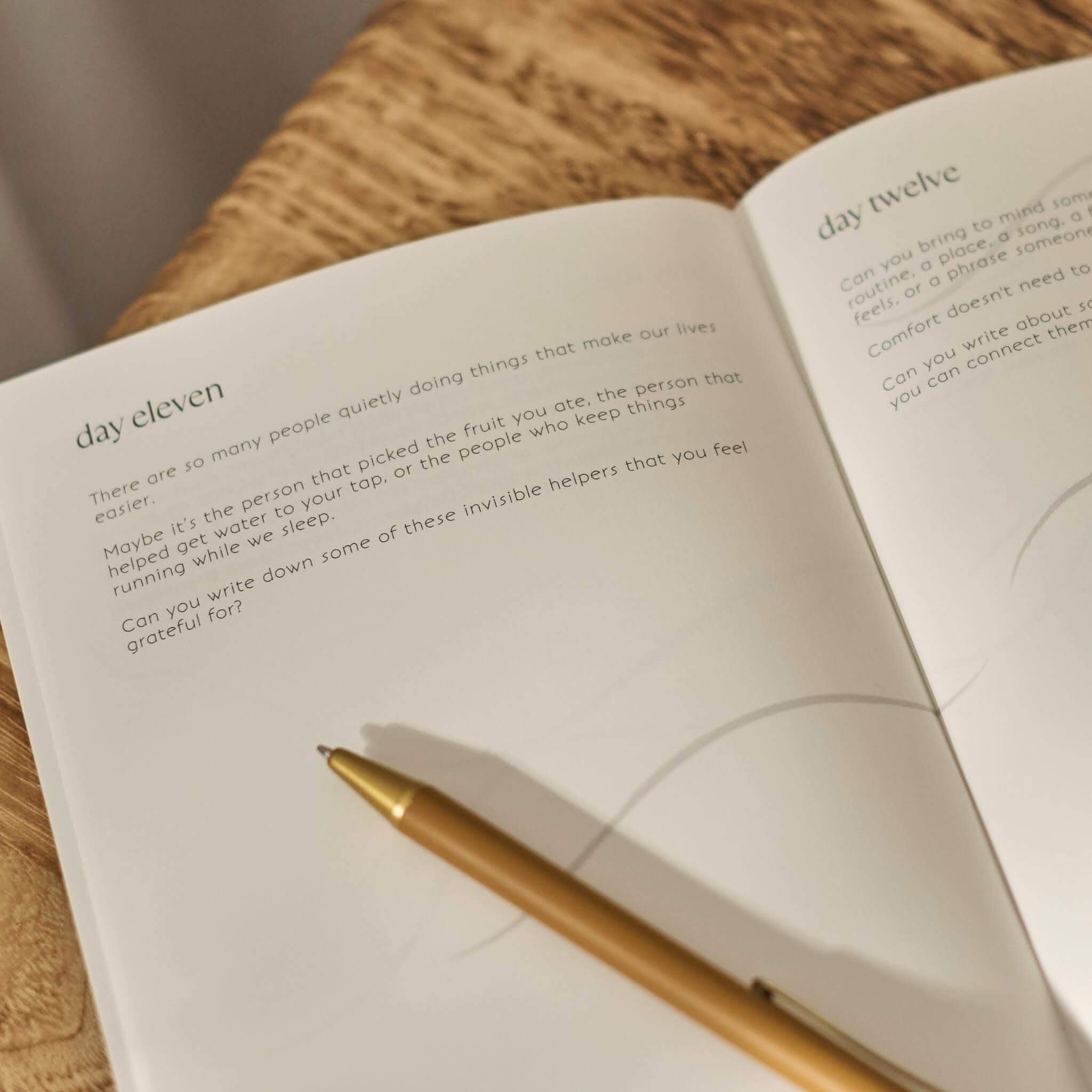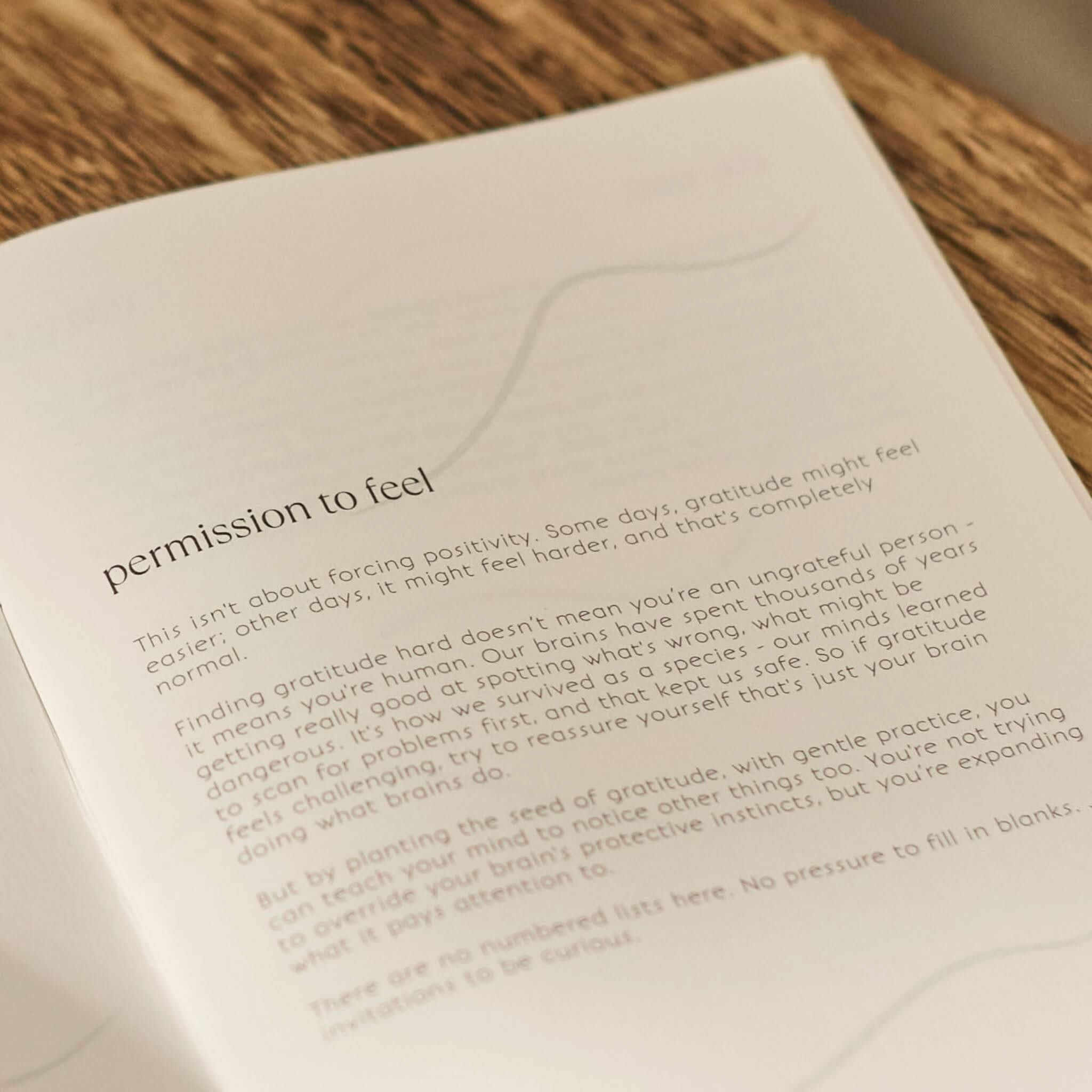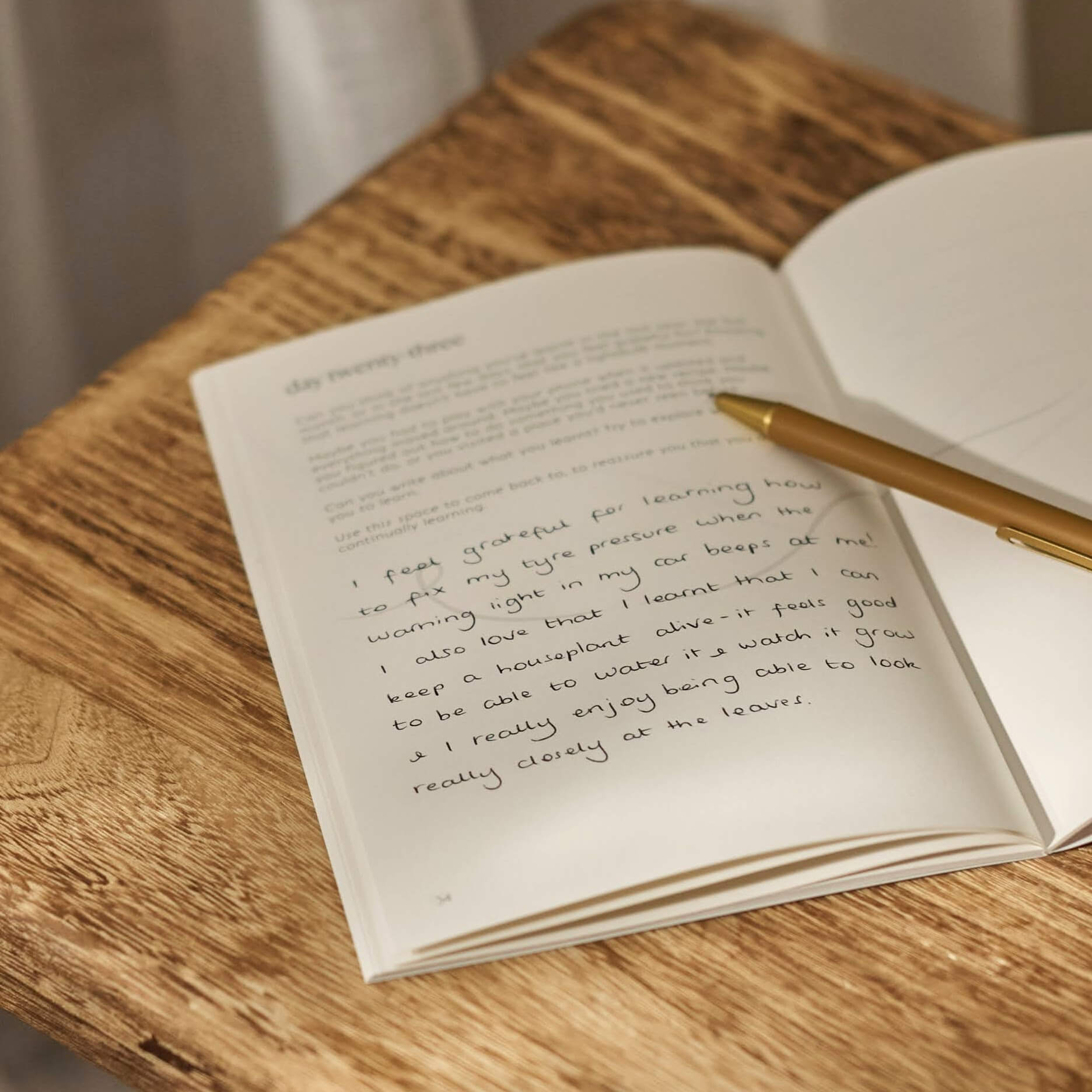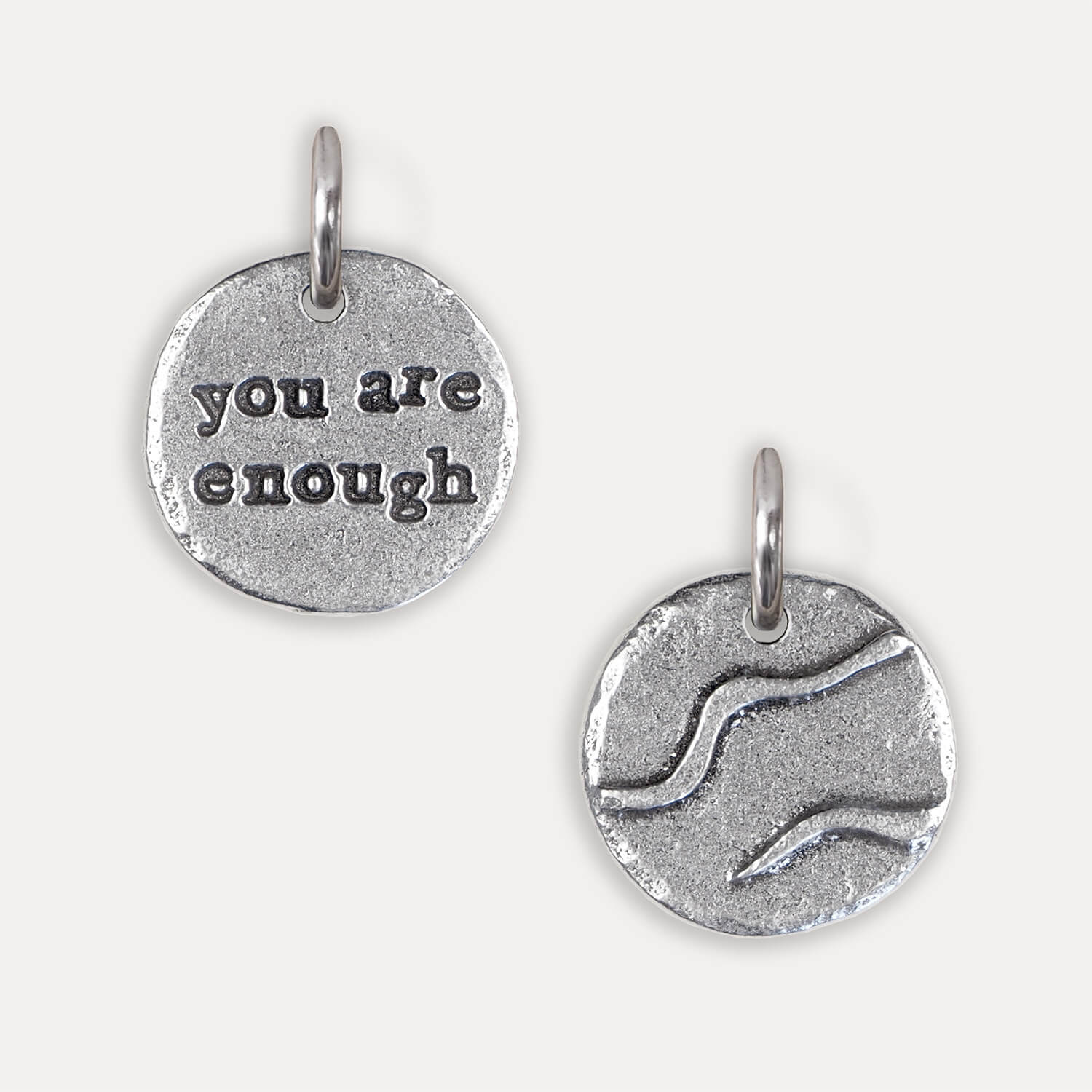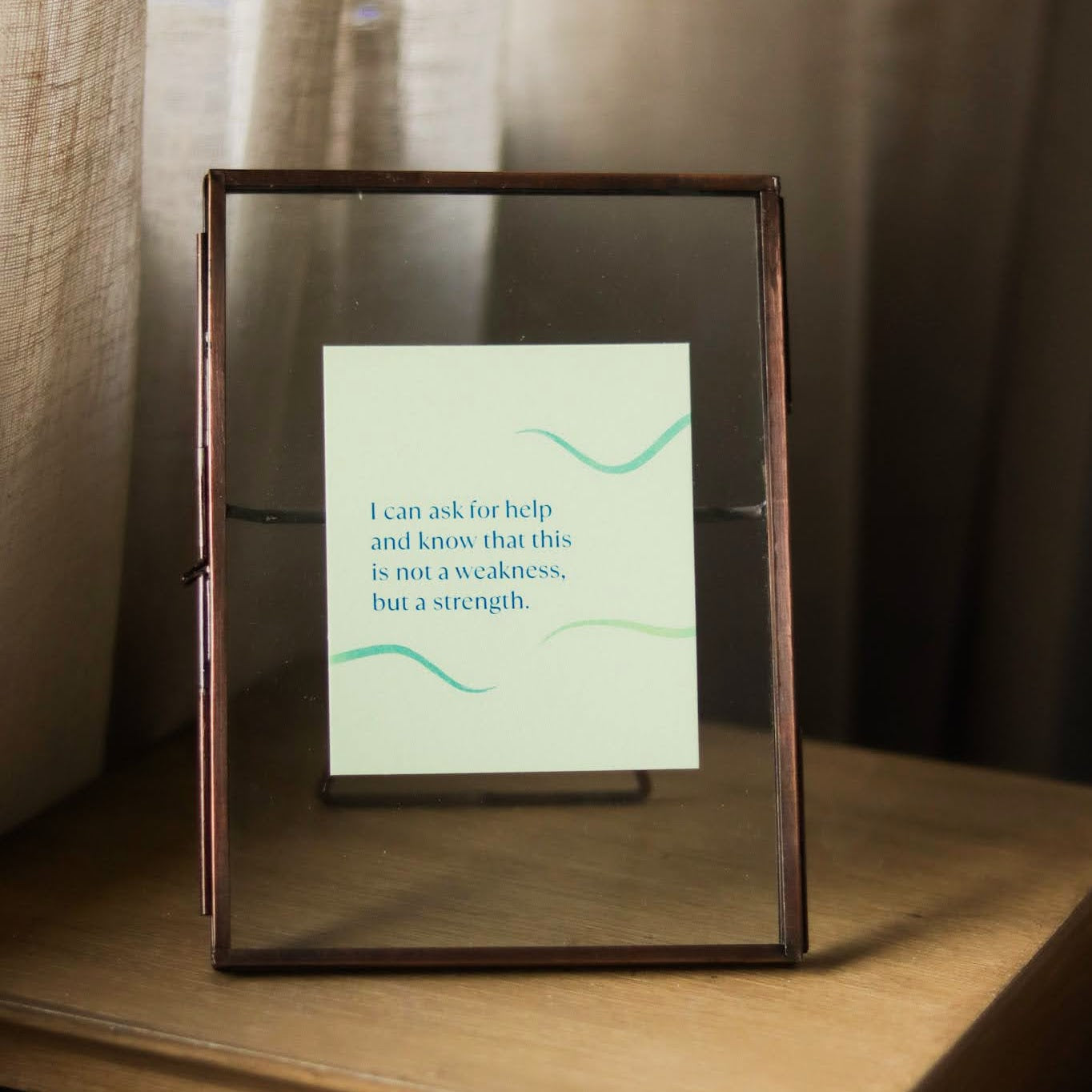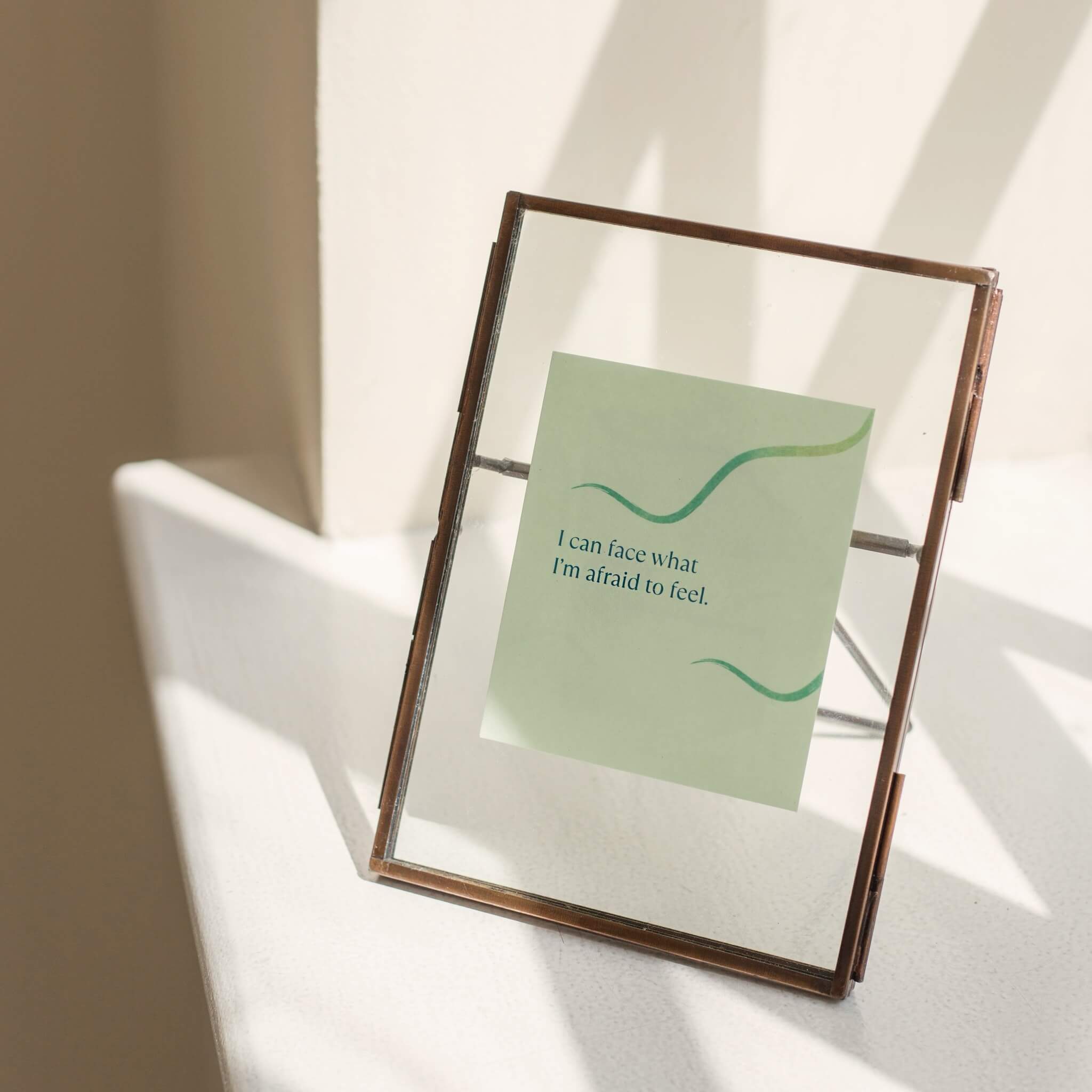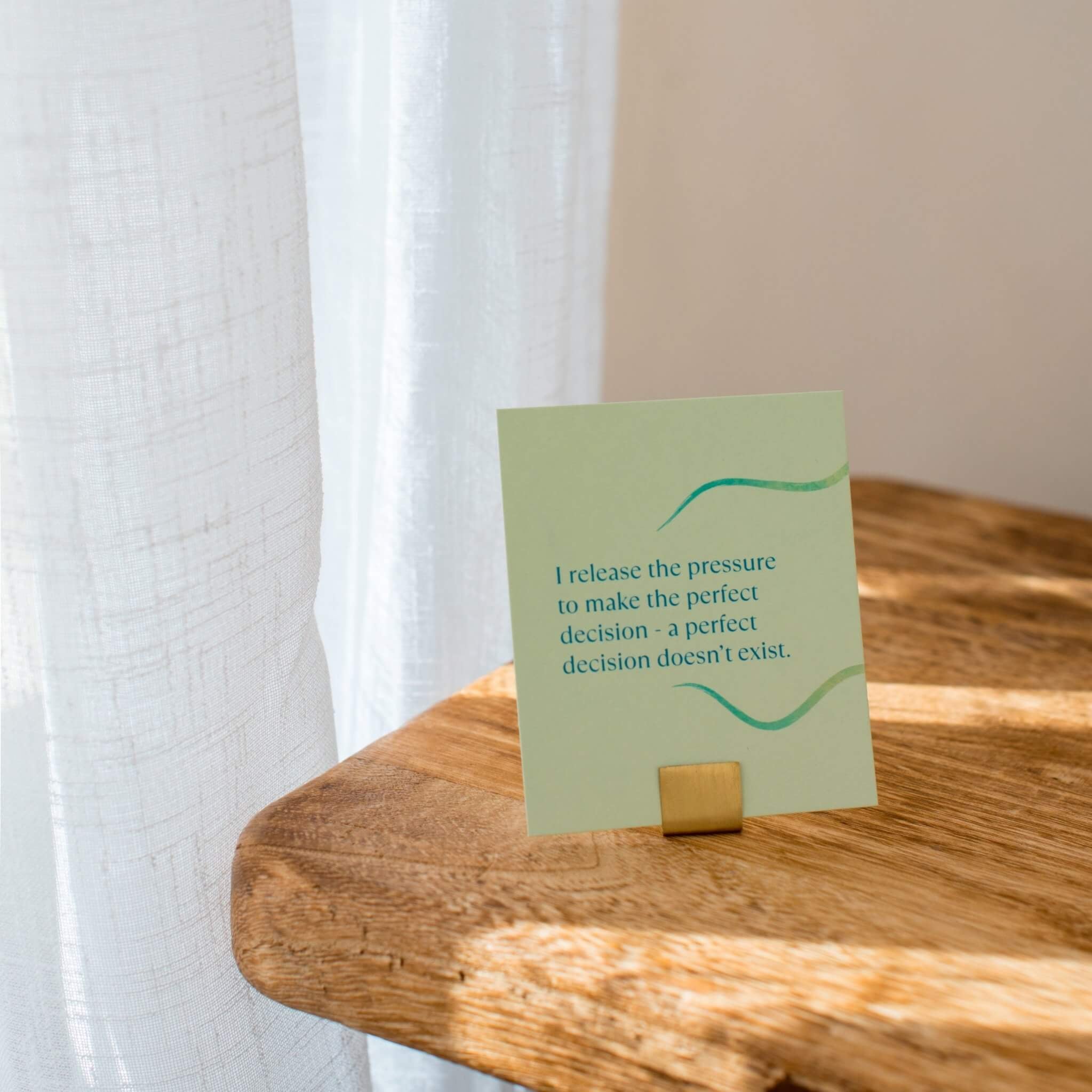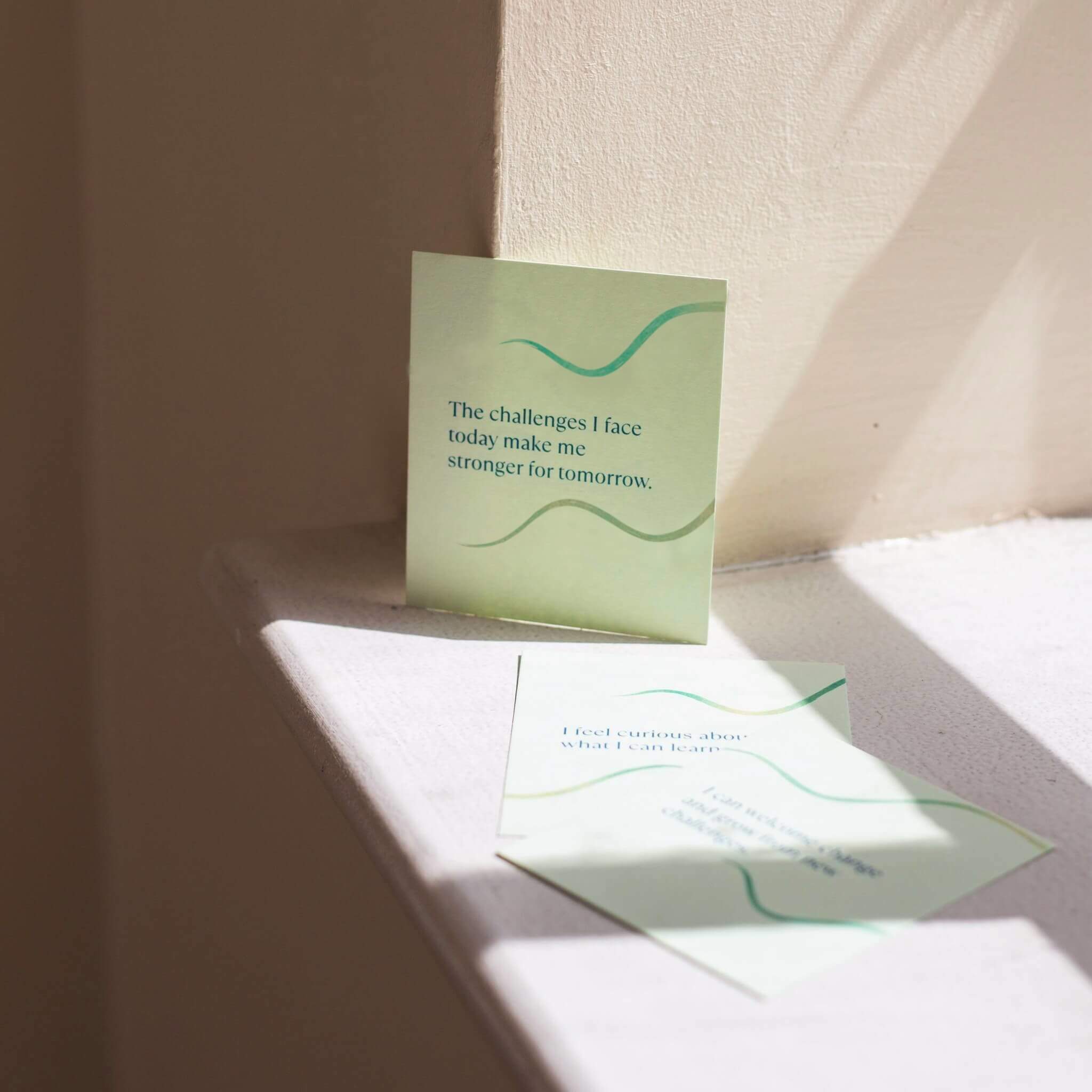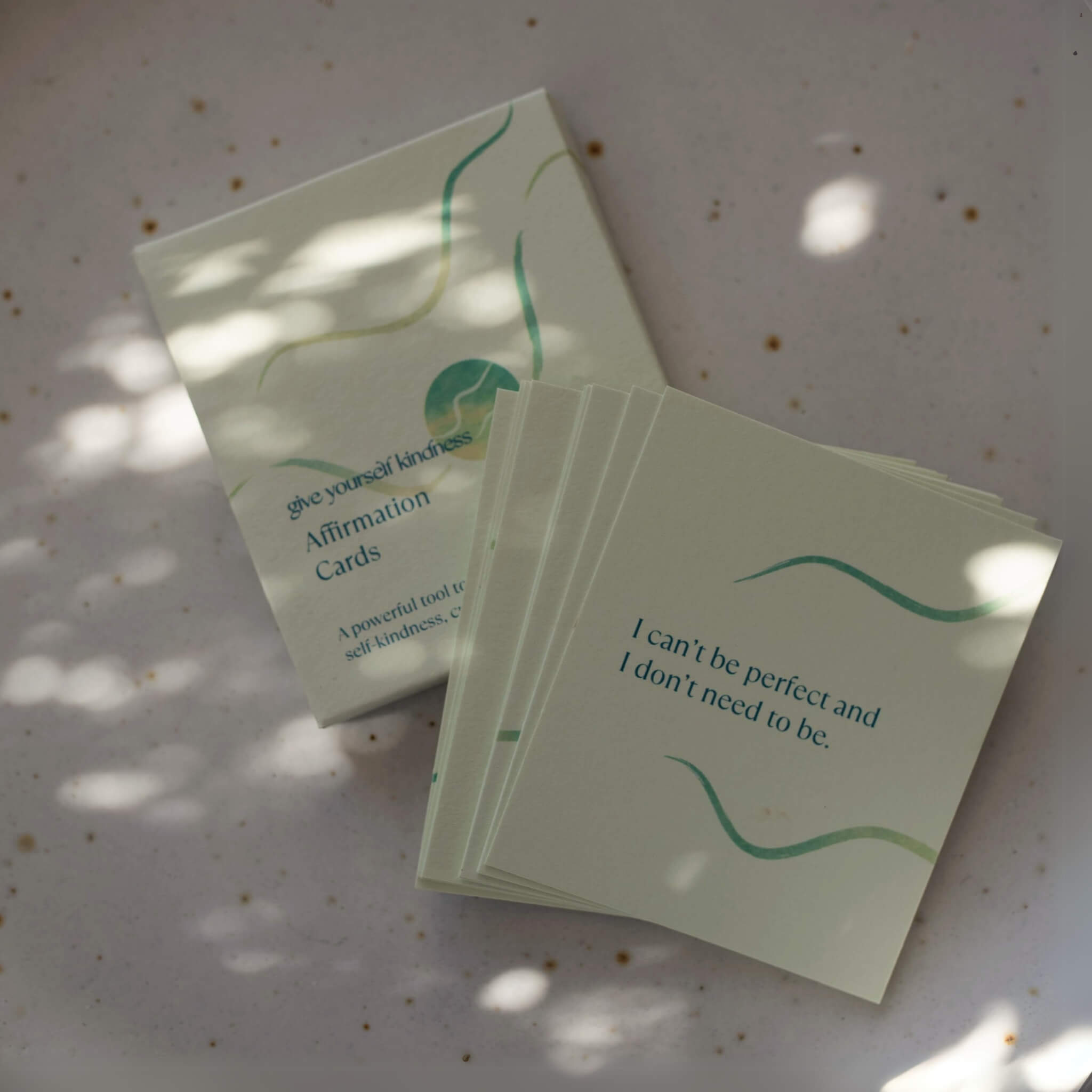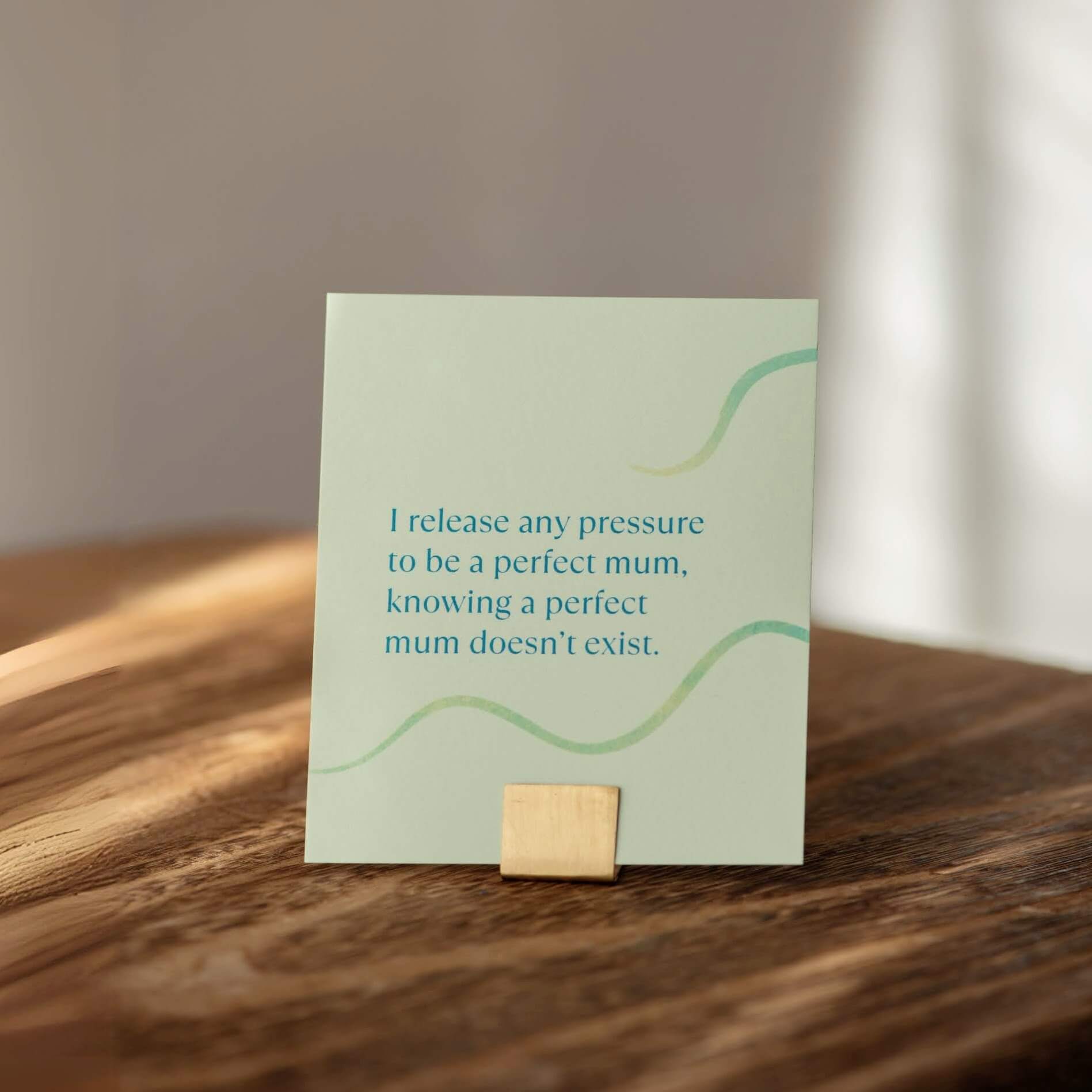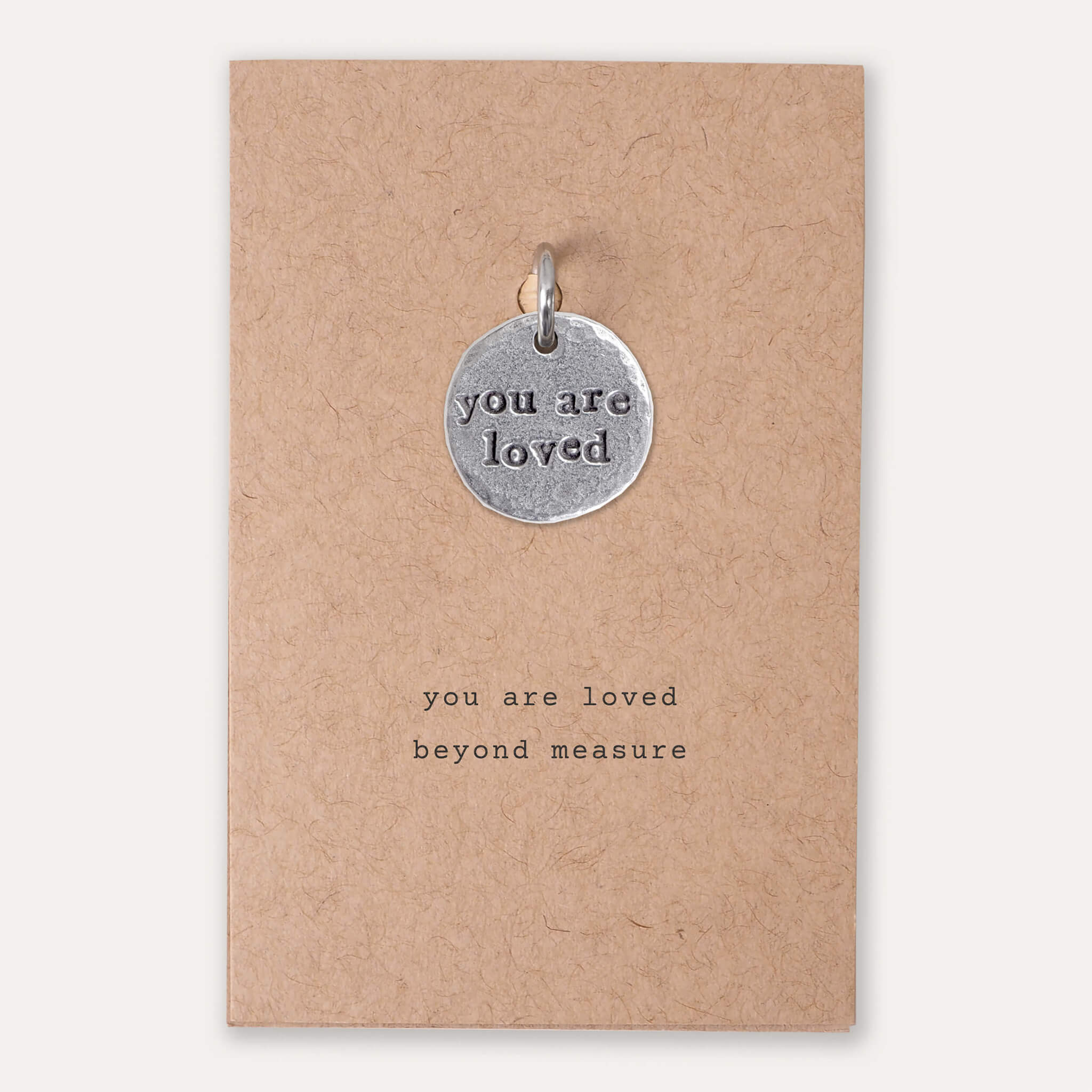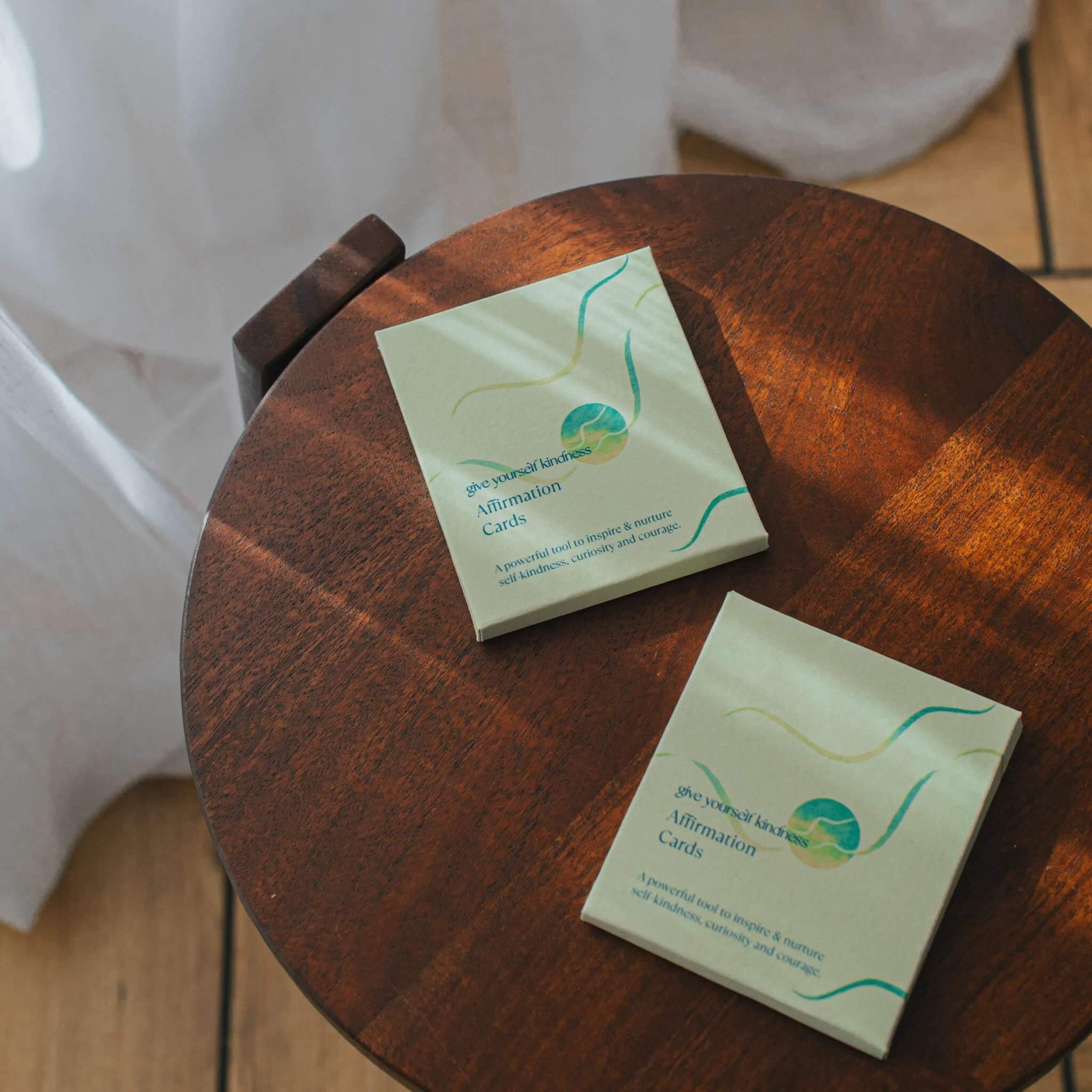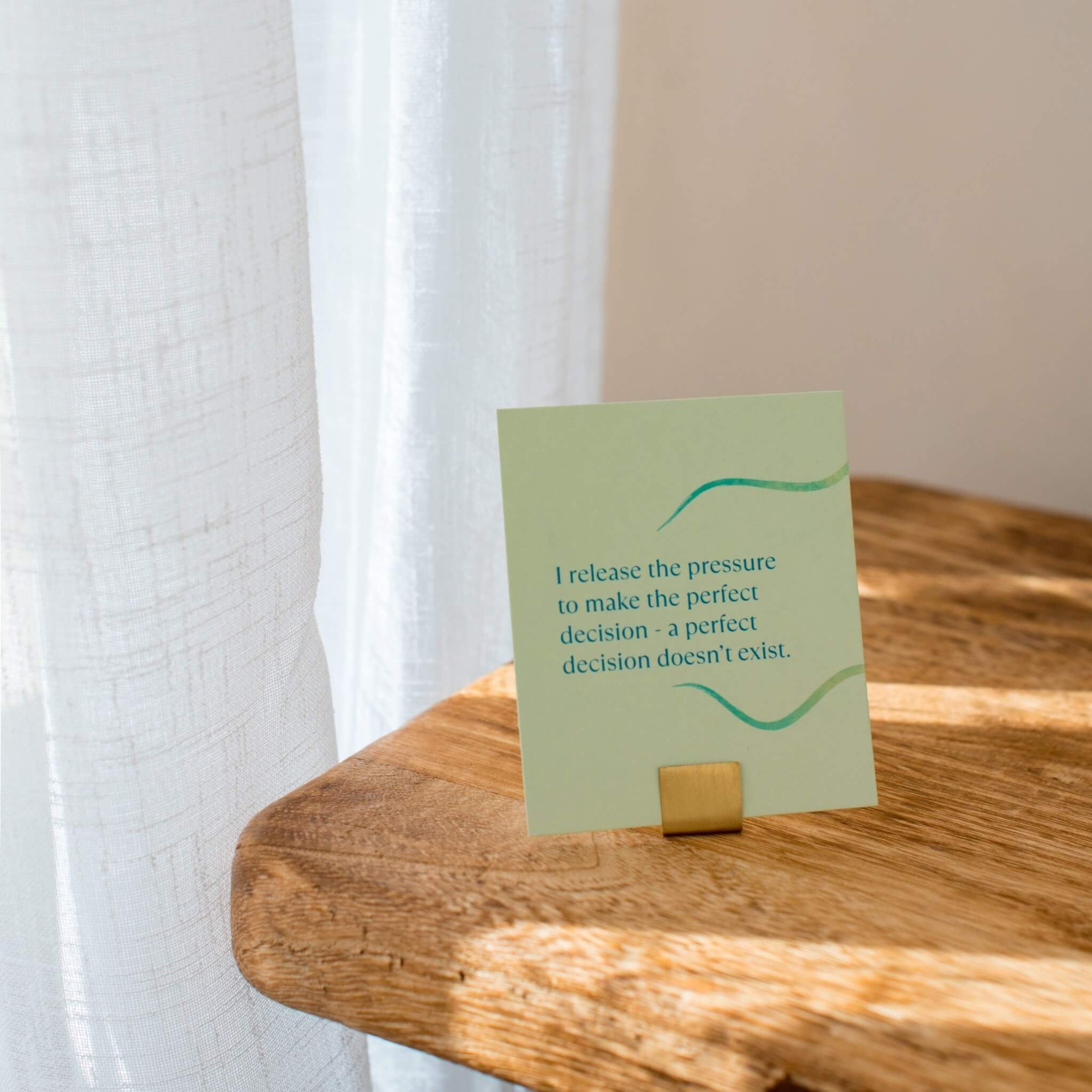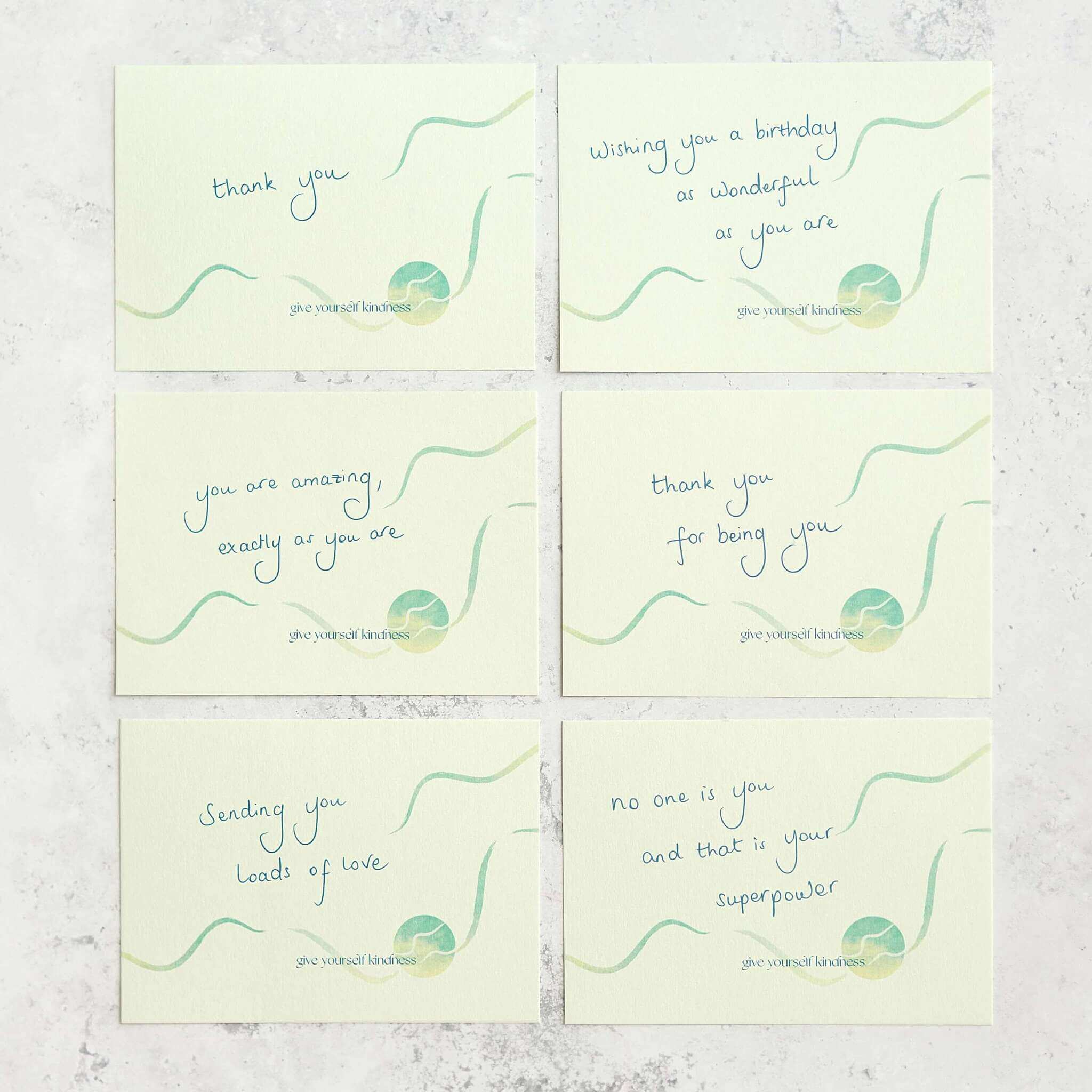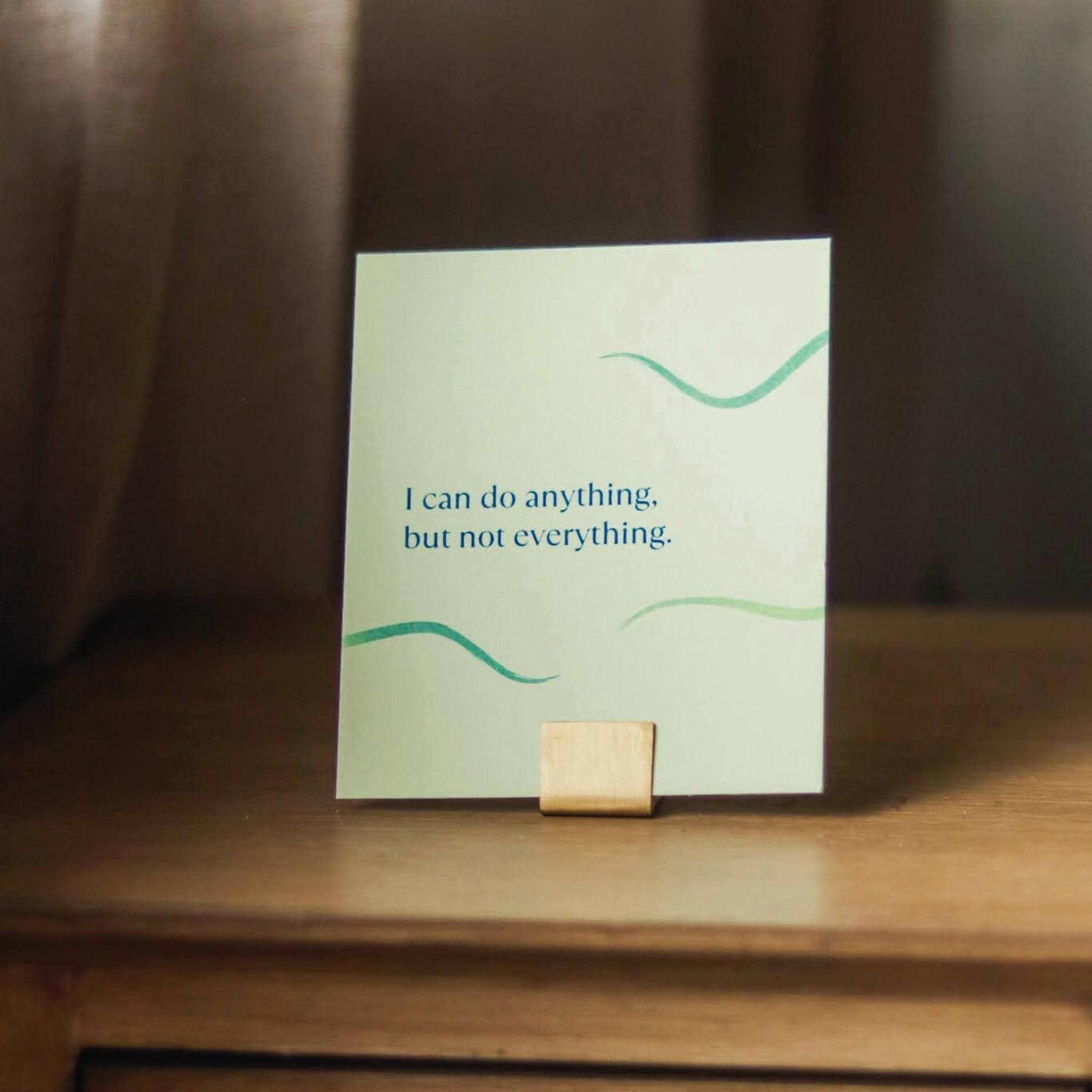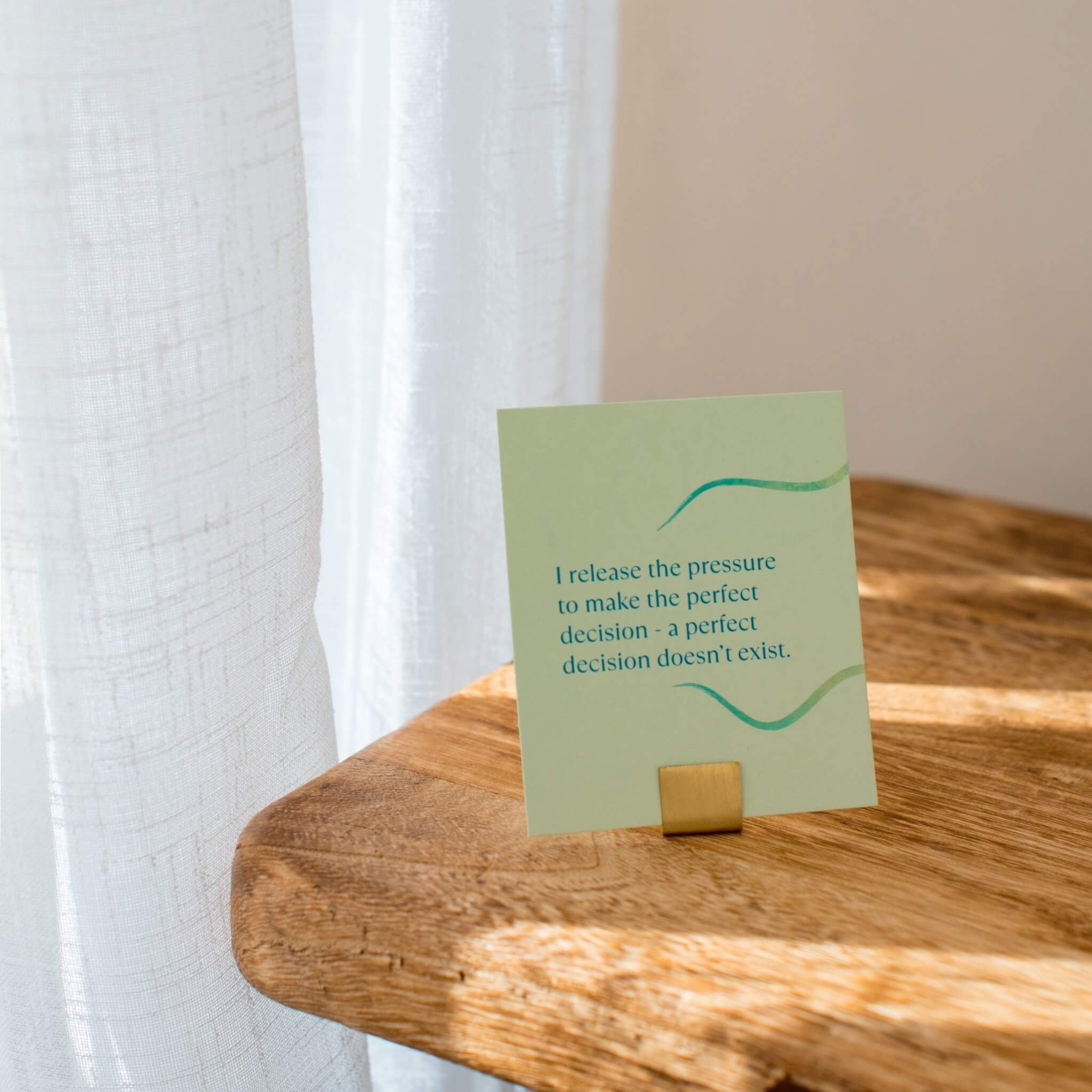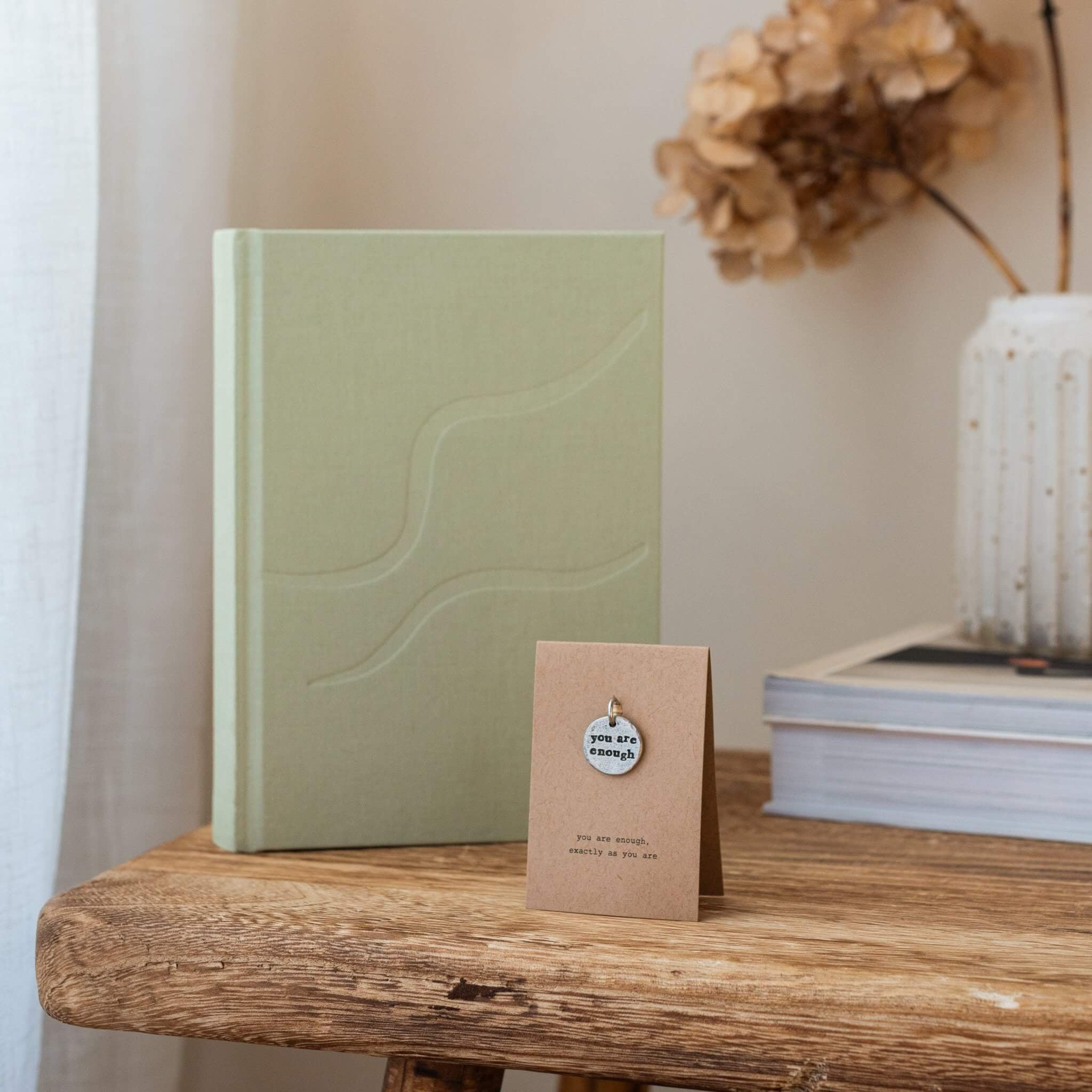written for Give Yourself Kindness by Mark Williams Emeritus Professor of Clinical Psychology at the University of Oxford and Founding Director of the Oxford Mindfulness Centre.
What mindfulness is about
Mindfulness is about turning the light of awareness towards what is arising outside us and inside us, moment by moment.
It helps us see more clearly what keeps us locked in brooding and worry, and to realise where deep calmness and well-being lie.
Slowing down our experiences - seeing them frame by frame
Emotional problems have certain key characteristics;
- they hijack our attention;
- they make us grouchy and judgemental;
- they knock us off-balance, and
- our minds race with over-busyness that leaves us exhausted and joyless.
These moods seem relentless, but they are actually made up of a series of moments which - if only we could slow things down - frame by frame - we'd see as a continuously repeating cycle that can be interrupted. But how?
'a continuously repeating cycle that can be interrupted'
The important thing about these cycles is that each one is influenced by a thought, emotion or body sensation that is Pleasant, Unpleasant or Neutral.
This is called the feeling tone - known in the Buddhist tradition as vedana.
What is the feeling tone?
The feeling tone is the immediate, automatic sense that something is pleasant, unpleasant, or neutral when you come into contact with it. It can happen so quickly, we are barely aware of them.
If you can, take a minute to get your own sense of feeling tone from things around you right now.
Look around the room, and as your eye alights on different objects, see if you can sense the immediate feel of pleasant, unpleasant or neutral they evoke in you.
Note how these are unique to you. Although you may be aware of the feeling tone now, at some level they are always there in the background.
'they shape what happens next'
Feeling tones may arise and pass away so quickly that it can be difficult to notice them. Yet they are critically important because they shape what happens next.
A pleasant feeling tone
If you found just now that some things gave a pleasant feeling tone you may have noticed a reaction to it – if your eye rested upon a picture or an object that reminded you of someone or something precious - your mind might have gone off into daydreams or regrets that it's gone.
An unpleasant feeling tone
If you found just now that some things gave an unpleasant feeling tone - maybe something reminded you of something you had meant to do, but haven’t got around to - you might have noticed a reaction of ‘aversion’: pushing away, resistance.
A neutral feeling tone
If there was nothing pleasant nor unpleasant you might have found yourself ‘tuning out’ or getting a little bored.
The tipping point for the quality of the next moment
Here is an important thing - the feeling tone of any moment is the tipping point for the quality of the next moment.
While every sensation or thought has a feeling tone - and in that moment cannot be changed, the reactions in the very next moment are potentially changeable.
Mindful awareness of the feeling tone of experience offers a point of entry into the habitual cycles of reactivity that occur in emotional distress. If we were able to cultivate greater awareness of the feeling tone, it would have enormous potential.
'early warning signs of impending impulses, thoughts, and emotional reactions'
We’d have early warning signs of impending impulses, thoughts, and emotional reactions, and therefore more choice about how best to respond.
If we want to deepen our mindfulness practice to free ourselves from the moods that continue to afflict us despite our best efforts, cultivating awareness of feeling tone provides a key.
As mindfulness teacher Joseph Goldstein says;
Mindfulness of the feeling tone is one of the master keys that both reveals and unlocks the deepest patterns of our conditioning.
Tuning into the feeling tone: frame by frame
In 1877, photographer Edward Muybridge used 12 cameras carefully positioned along a racetrack to settle an argument that had raged for centuries:
was there any moment in the gallop of a horse when all four hooves were off the ground simultaneously?
A thread ran across the track from each camera. As the horse ran past, it broke the threads and released each camera’s shutter.
When the photographs were developed, they revealed the answer. Yes, there was a brief moment when the horse floated above the ground.
'there was a brief moment when the horse floated above the ground'
The use of this new technology allowed Muybridge to capture a new view, frame by frame, which no-one had seen before.
Mindfulness slows things down
How is this relevant? Because in mindfulness practice we too are slowing things down so we can get nearer and nearer to seeing individual 'frames' of experience.
'we can get nearer and nearer to seeing individual frames of experience'
Neuroscience agrees that the brain is constantly active - it builds a sequence of mental models a bit like Muybridge's sequence of images.
But there is a difference.
Edward Muybridge's camera took a series of pictures of what was actually there.
'predictions and plans on the basis of what’s happened in the past'
But the pictures in your mental models aren't like this. They contain ideas, predictions and plans on the basis of what’s happened in the past, including the feeling tone of past memories and feelings from what's happening now.
The feeling tone is like a hidden organiser
The feeling tone is like a hidden organiser - directing operations within the sequence of mental models.
For example, it determines which experiences are key and should be held in mind - often the most unpleasant - the peak of your pain or distress.
'it determines which experiences are key and should be held in mind'
If you are not aware of it, it acts like glue holding the sequence of images together to predict more pain and distress.
But if we can become aware of what's happening, and say 'this is unpleasant' it can cut through the complexity of the whole thing and the sequence of self-created images collapses.
'the sequence of self-created images collapses'
Let's try this for a few minutes now. You could close your eyes if you like.
In this meditation you learn to cultivate awareness of ‘feeling tone’ by tuning in to the sense of pleasantness or unpleasantness that comes with anything that arises in the body or the mind.
The first step is grounding and settling yourself. You could do this by bringing your awareness to the feet on the floor, or the contact with what you are sitting on, or the hands on your lap, or to your breath.
Then, after a while, beginning to turn your attention to feeling tone.
Starting by bringing your awareness to sensations in the body – and whatever sensations are most prominent at any moment, sensing their feeling tone - pleasant, unpleasant or neither?
And then at the certain point turning to sounds - registering their tonality as they come and go.
Then, later in the practice, extending this to thoughts and feelings too. So whenever a thought or feeling makes contact with the mind - taking a moment to register its feeling tone.
Then perhaps spending some time simply resting in awareness itself with no particular focus, aware of whatever makes contact with the body or mind: whether its sensations, sounds, thoughts, or feelings… and noting, for each one, pleasant, unpleasant or neither.
….. always aware throughout the practice that if anything, at any time seems overwhelming, you can always bring the focus of your attention back to your anchor - your feet on the floor, the contact with the chair, the hands on your lap, or to the breath.
So what happens when you are not aware of the feeling tones?
An unpleasant feeling tone
Look at an unpleasant sensation or thought: the mind gets into a mode of resistance, pushing away.
But if we look carefully at what happens next, this 'pushing away' is itself unpleasant - and the added unpleasantness becomes part of your picture of the world, bringing up more unpleasant things from our past.
A pleasant feeling tone
Sometimes when we find ourselves enjoying something, we damp down our enjoyment so as not to be disappointed.
It’s as if we worry so much about being let down by a positive mood, we try to get in our disappointment first before it can happen.
'we try to get in our disappointment first before it can happen'
The problem is that if we think if we enjoy this moment, something will go wrong, we cut ourselves off from things that might nourish us.
Allowing the feeling tone to be just as it is
It helps to practice ALLOWING the feeling tone to be just as it is.
One way of doing this, if it is pleasant after we’ve acknowledged it, is to say inwardly “It’s okay to feel like this” – this helps dissolve the reactivity and we can enjoy it while it is here.
And if it is unpleasant, after we’ve acknowledged it, we say inwardly “It’s okay not to feel like this” - this dissolves the reactivity by helping us to see that it's natural not to like unpleasant things.
How can we deal with a mind that is over-busy?
Much of what goes on in the mind is happening without you being conscious of it. It sorts out memories of what you have done, it retains records of what you have planned to do, and it begins to get busy to take action - which affects your energy levels without you being conscious of many of these processes.
'much of the mind’s activity is going on all the time without you being conscious of it'
It's like a smartphone where an App is still running in the background even when we are not using it, and we find the battery is at 5% half-way through the day. We can find ourselves running on 5% too.
And because much of our low energy comes from the body/mind gearing up for action, there is something simple that can help. Whenever the mind feels busy or lost in thought or an emotion, we may say inwardly on an out-breath ’No action needed, right now.’
'helps us to let go of needless action so that the wisest action can reveal itself'
This is not a recipe for being passive. Rather, it helps us to let go of needless action so that the wisest action can reveal itself.
No action needed, right now
Try exploring for a moment what happens when you say on an out-breath ’No action needed, right now.’
Sitting here, just as you are. Closing your eyes if that feels comfortable.
And stepping inside - see the weather pattern of mind and body.
And whatever is here, saying inwardly on an out-breath, ‘no action needed, right now’, and seeing what you notice.

Professor Mark Williams is an Emeritus Professor of Clinical Psychology at the University of Oxford, and Founding Director of the Oxford Mindfulness Centre.
His work continues as part of the Mindfulness Centre, focusing on understanding the psychological processes that underlie depression and suicidal behaviour and the development of new psychological treatments.
He co-developed Mindfulness-based Cognitive Therapy and is the author /co-author of several books, including "Cry of Pain: Understanding Suicide and the Suicidal Mind", "The Mindful Way Through Depression", "Mindfulness: A Practical Guide to Finding Peace in a Frantic World" and "Deeper Mindfulness: A New Way to Rediscover Calm in a Chaotic World".



